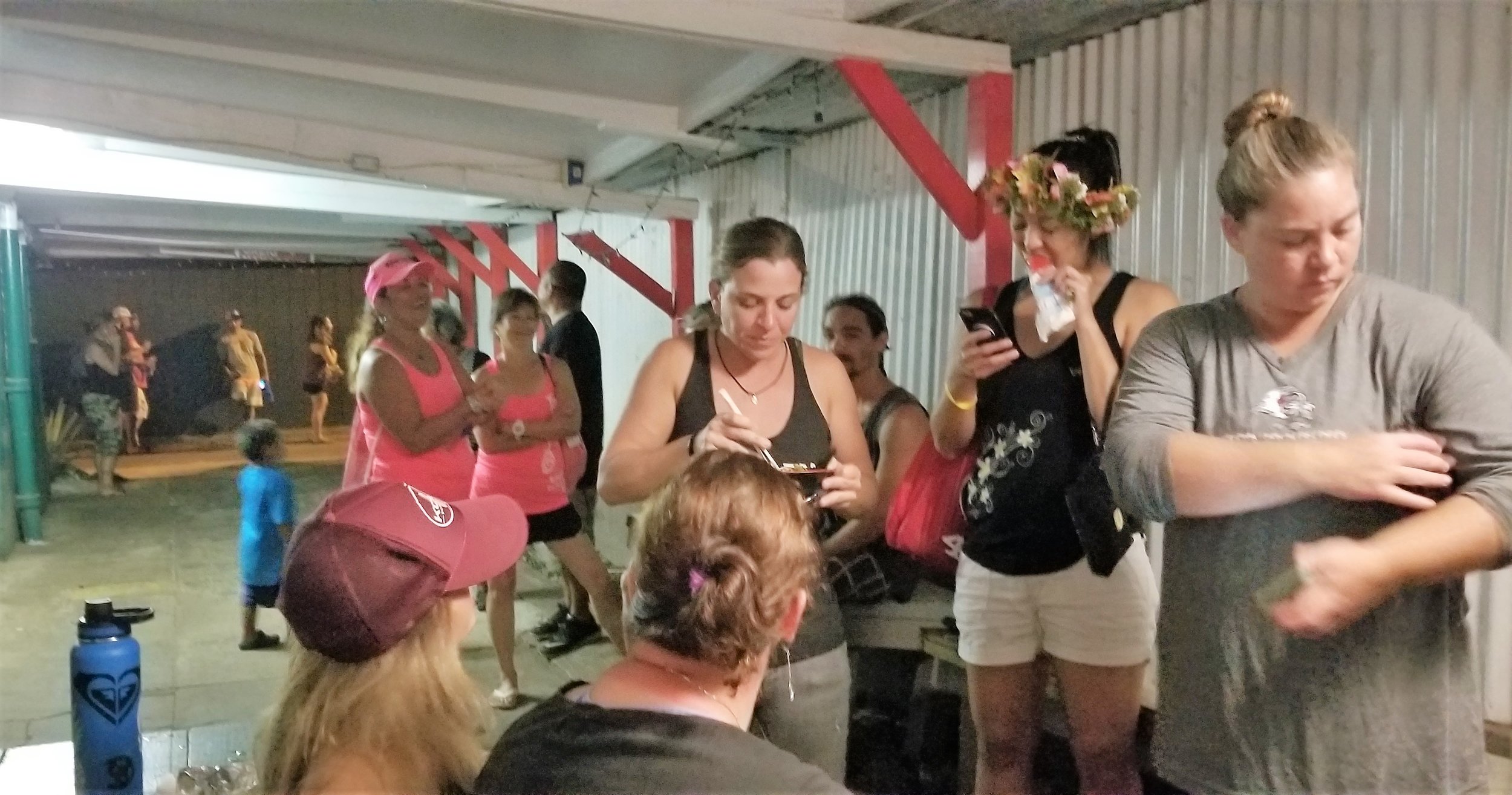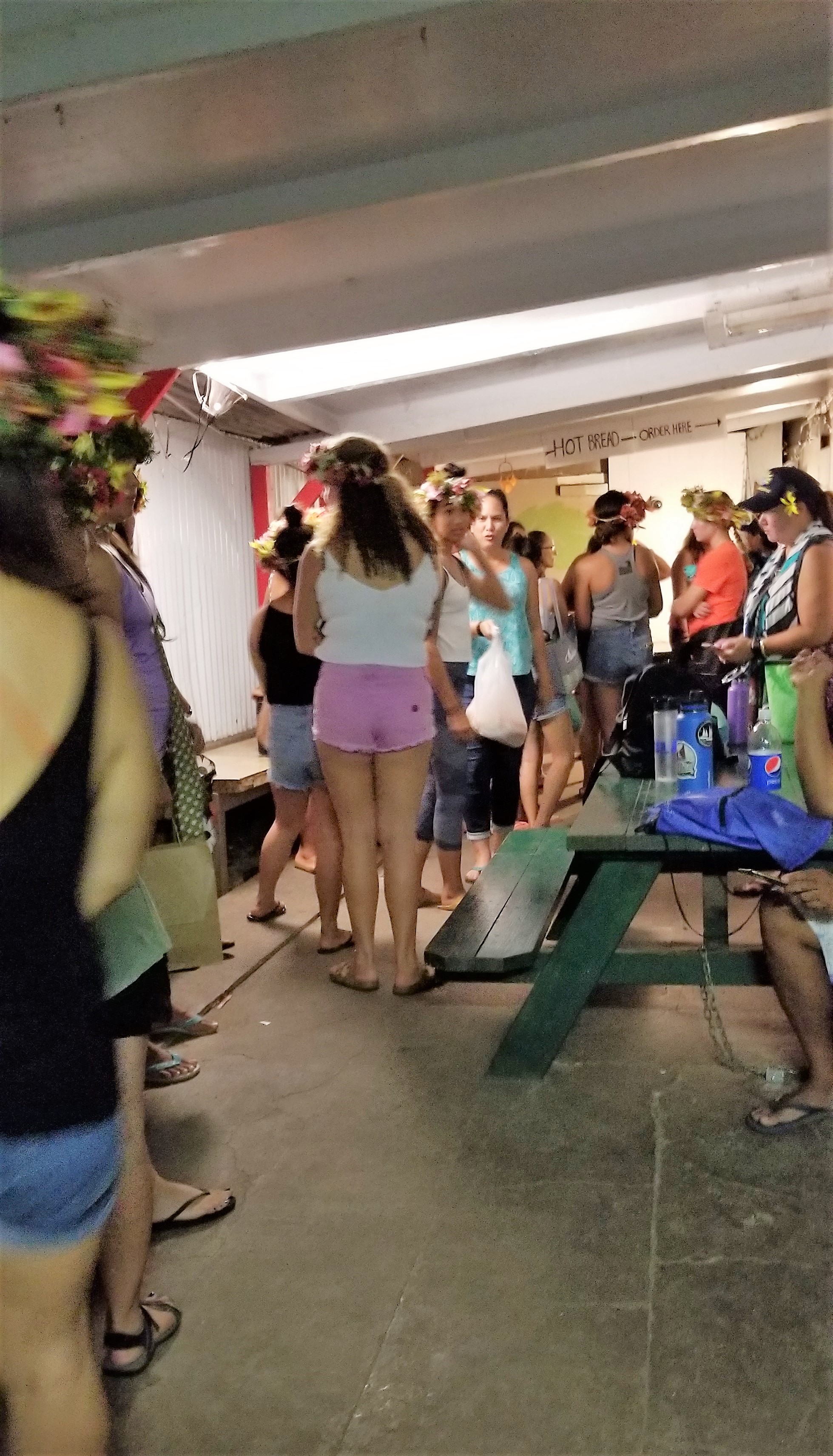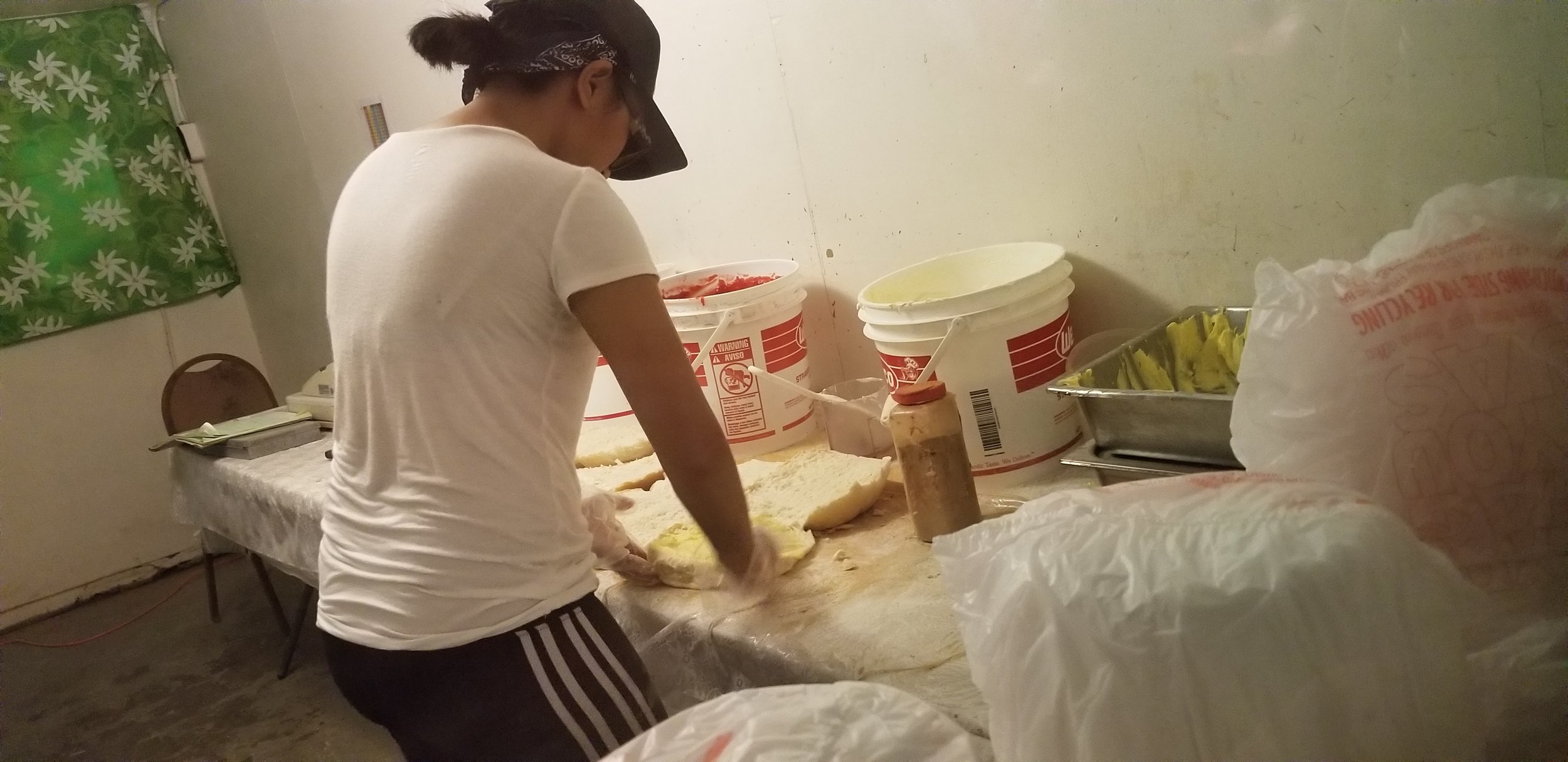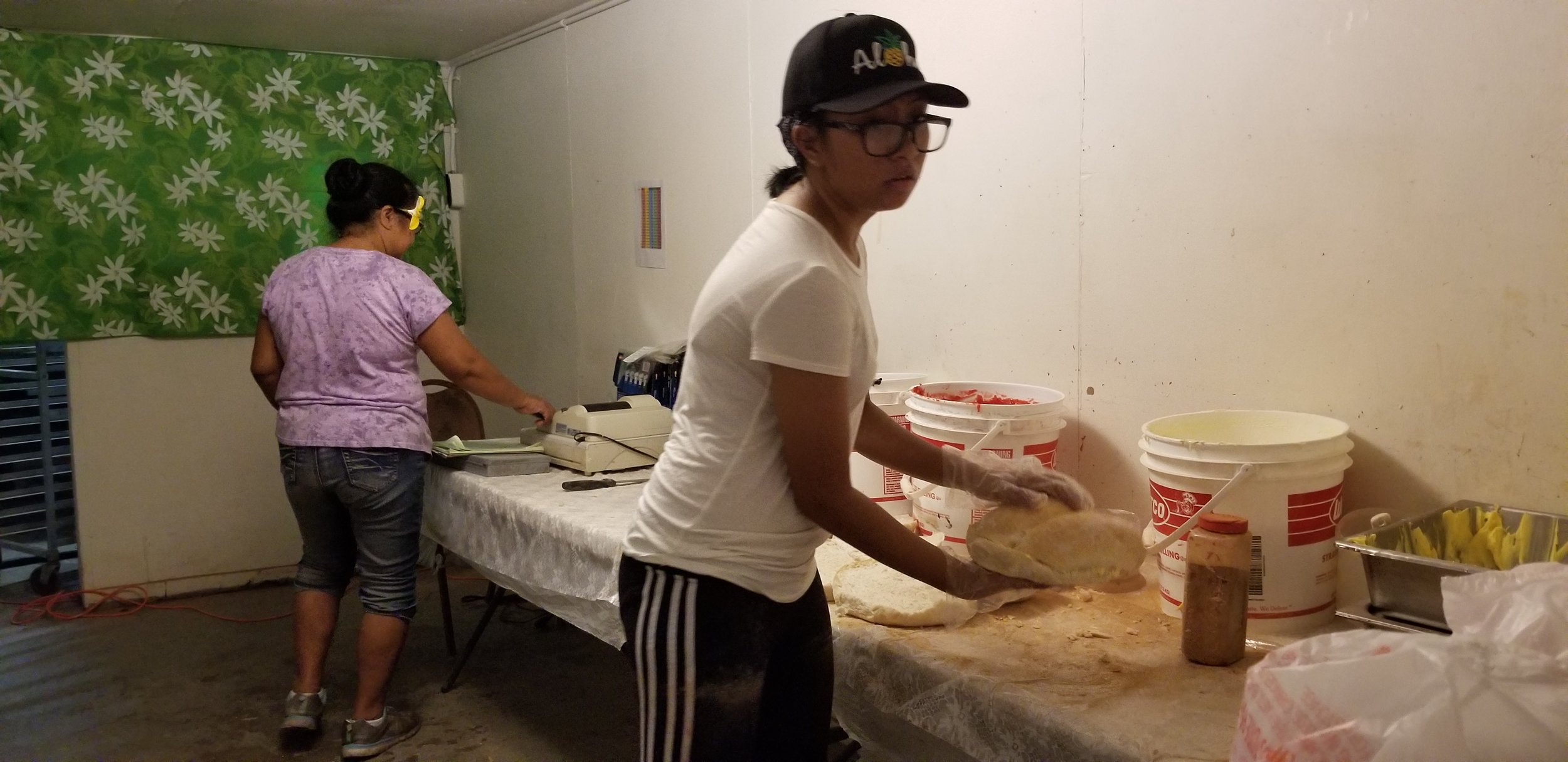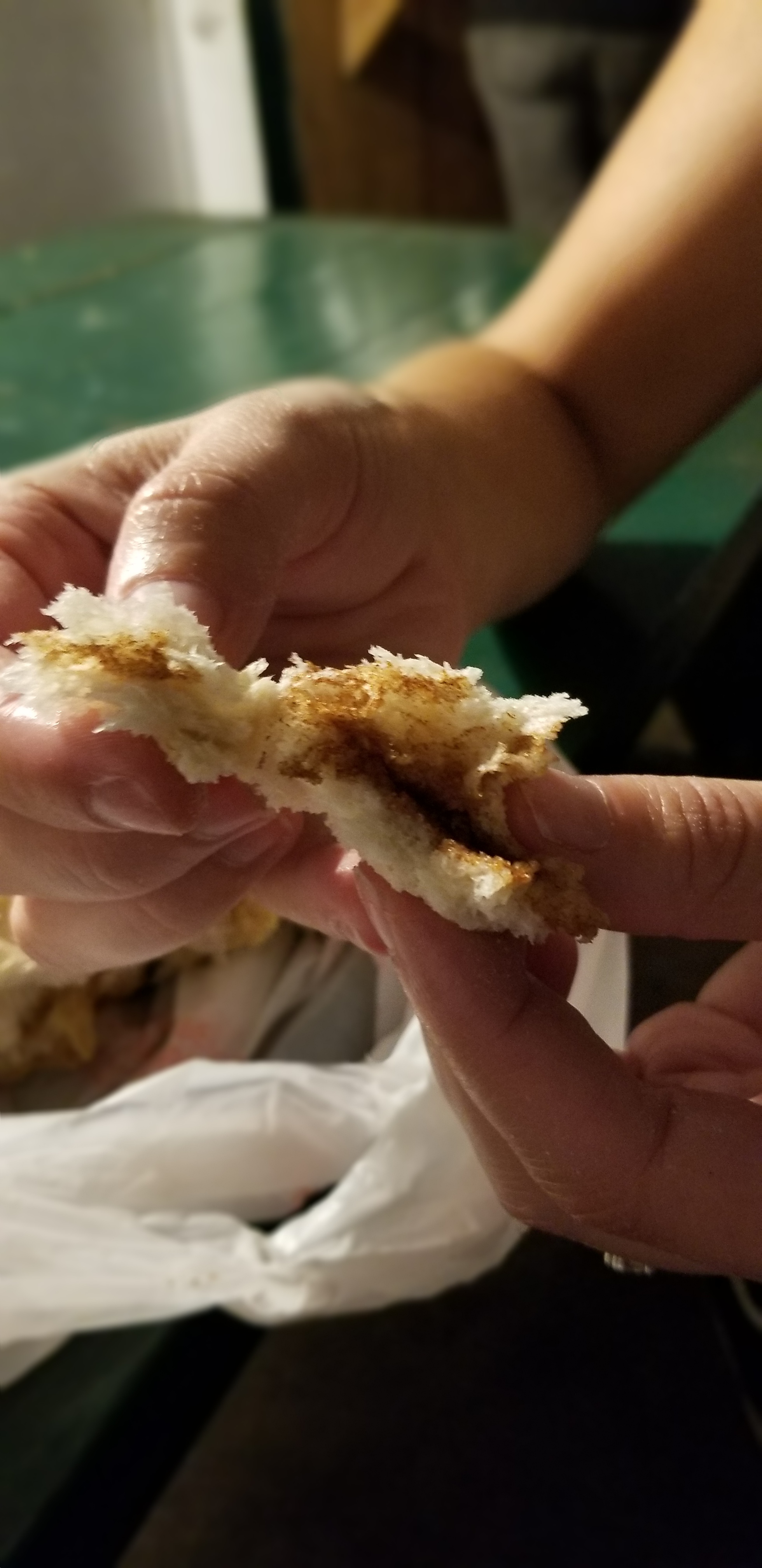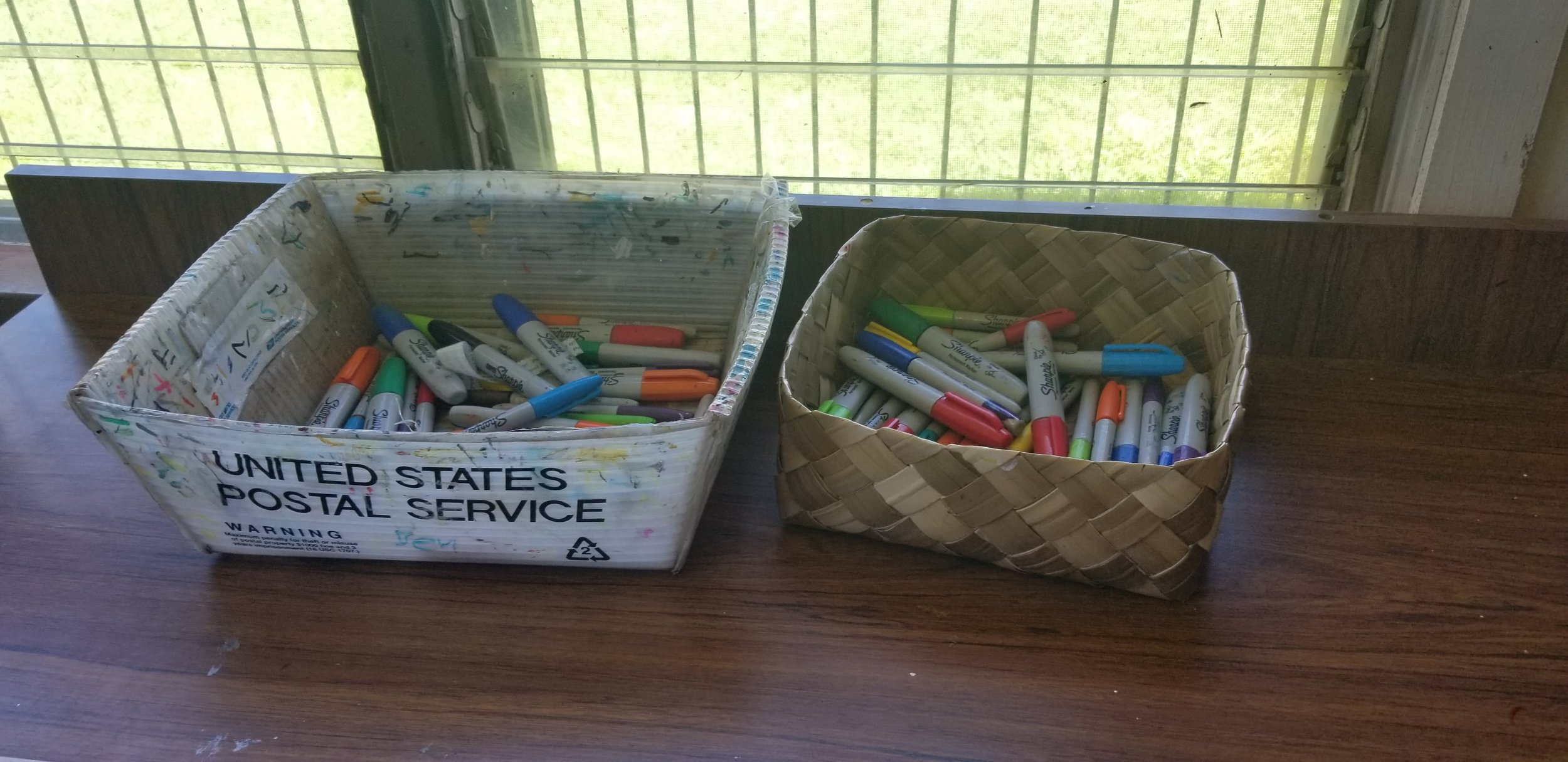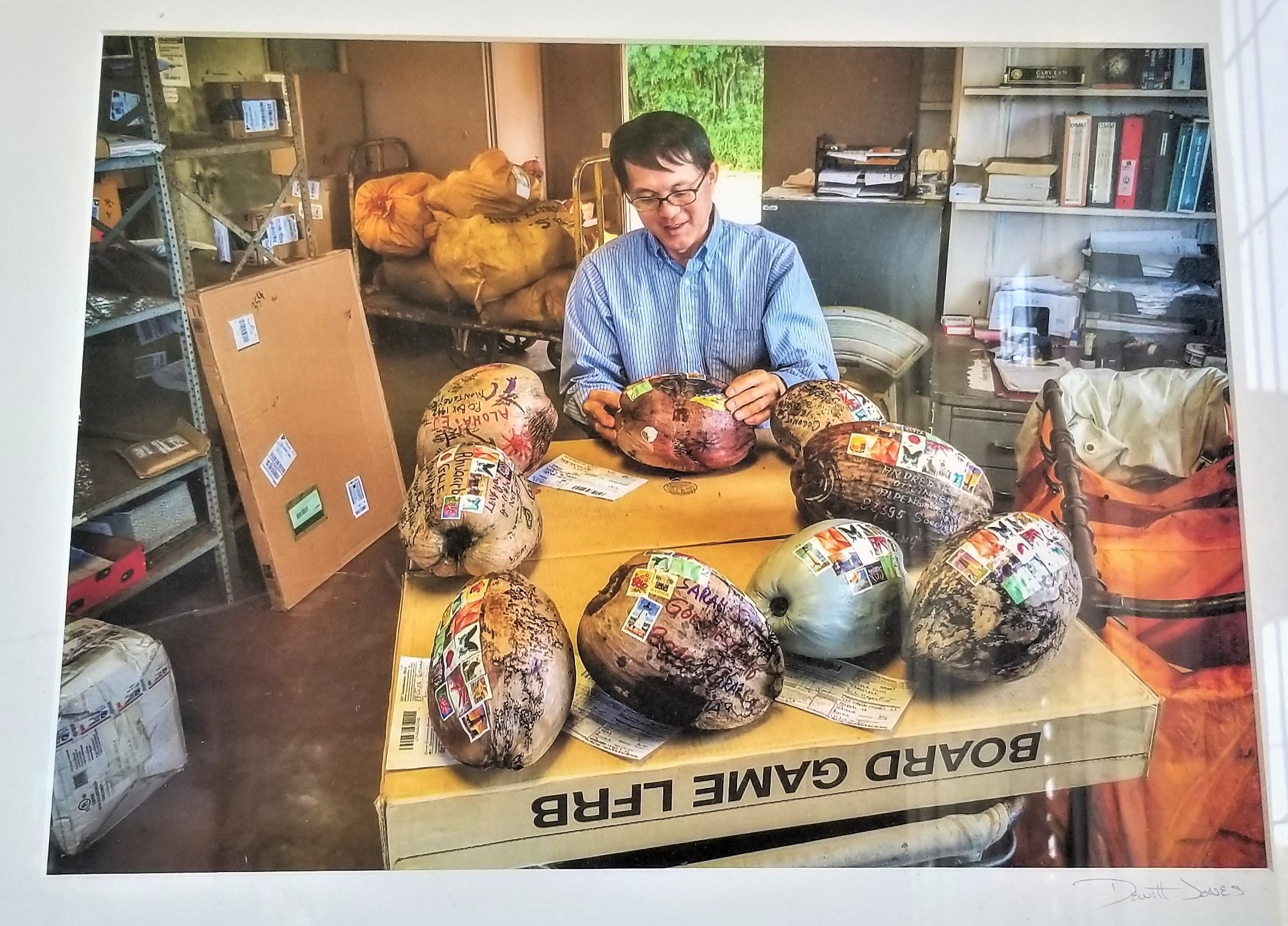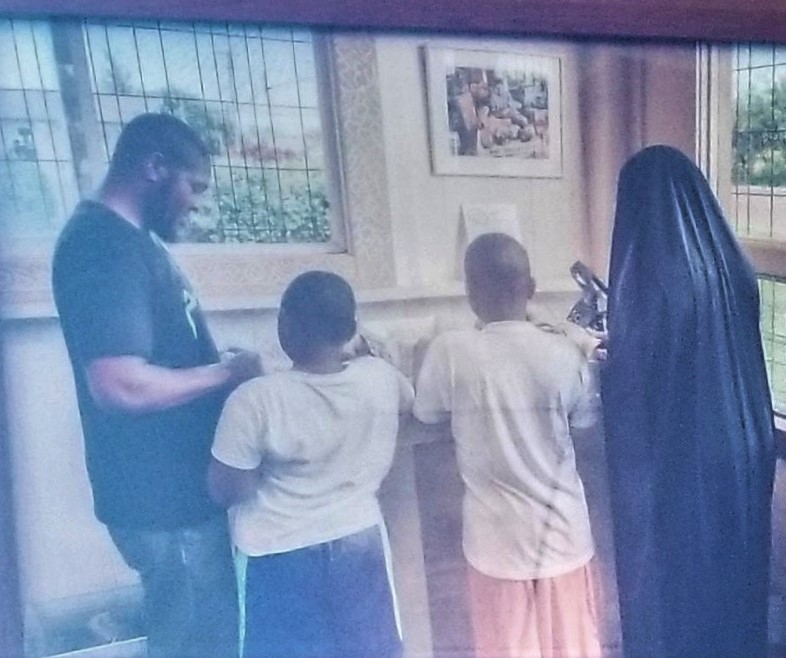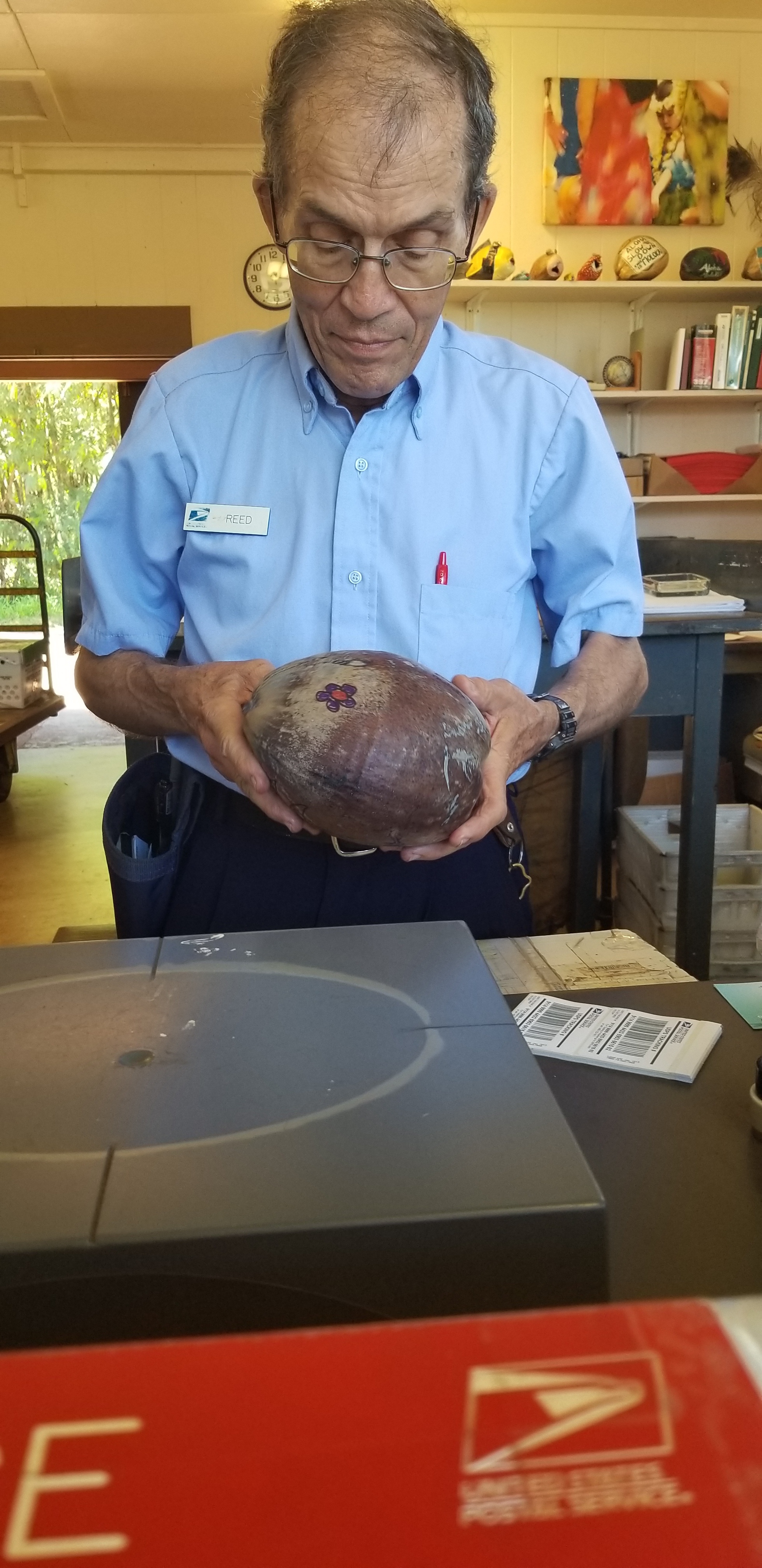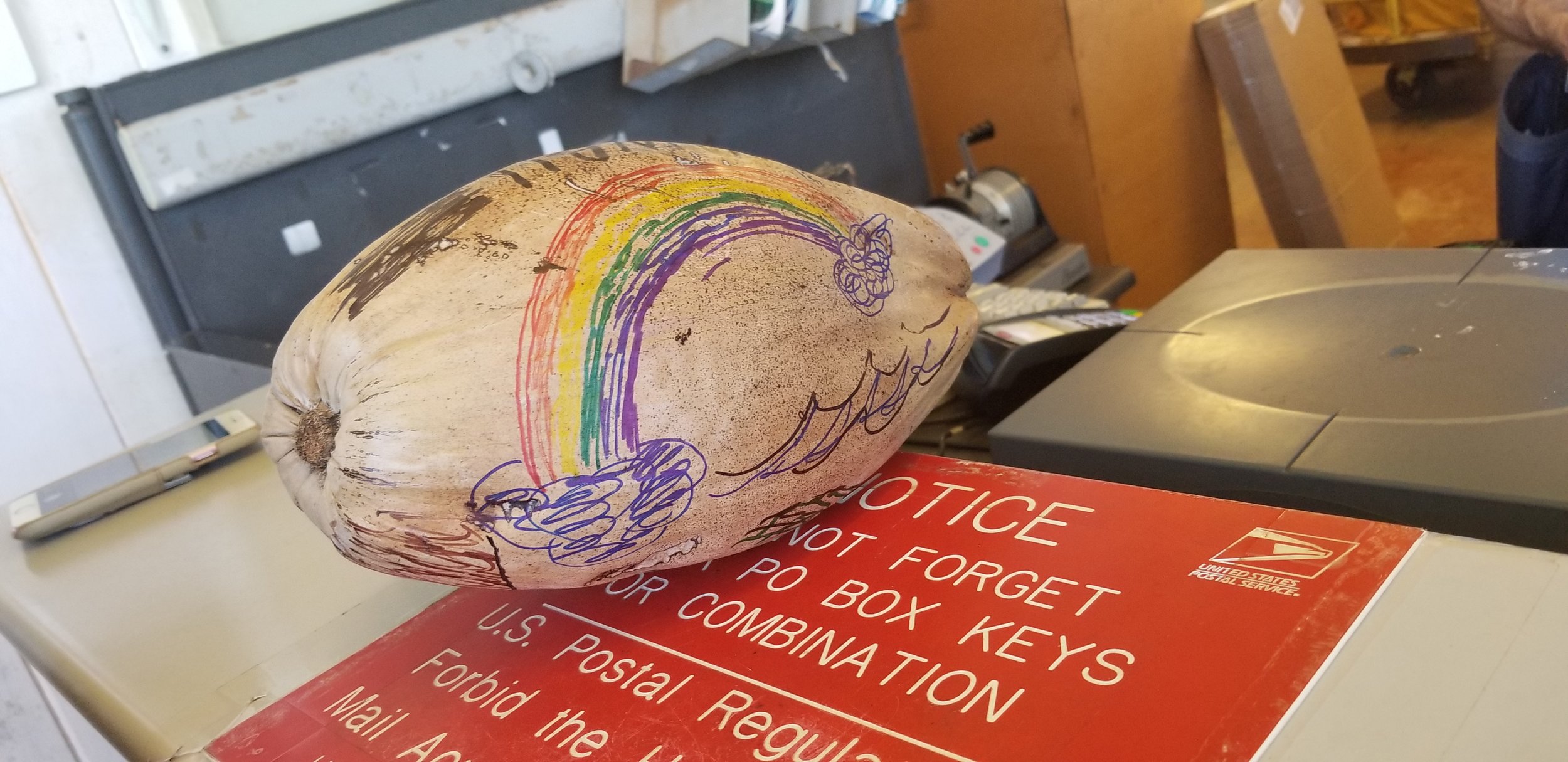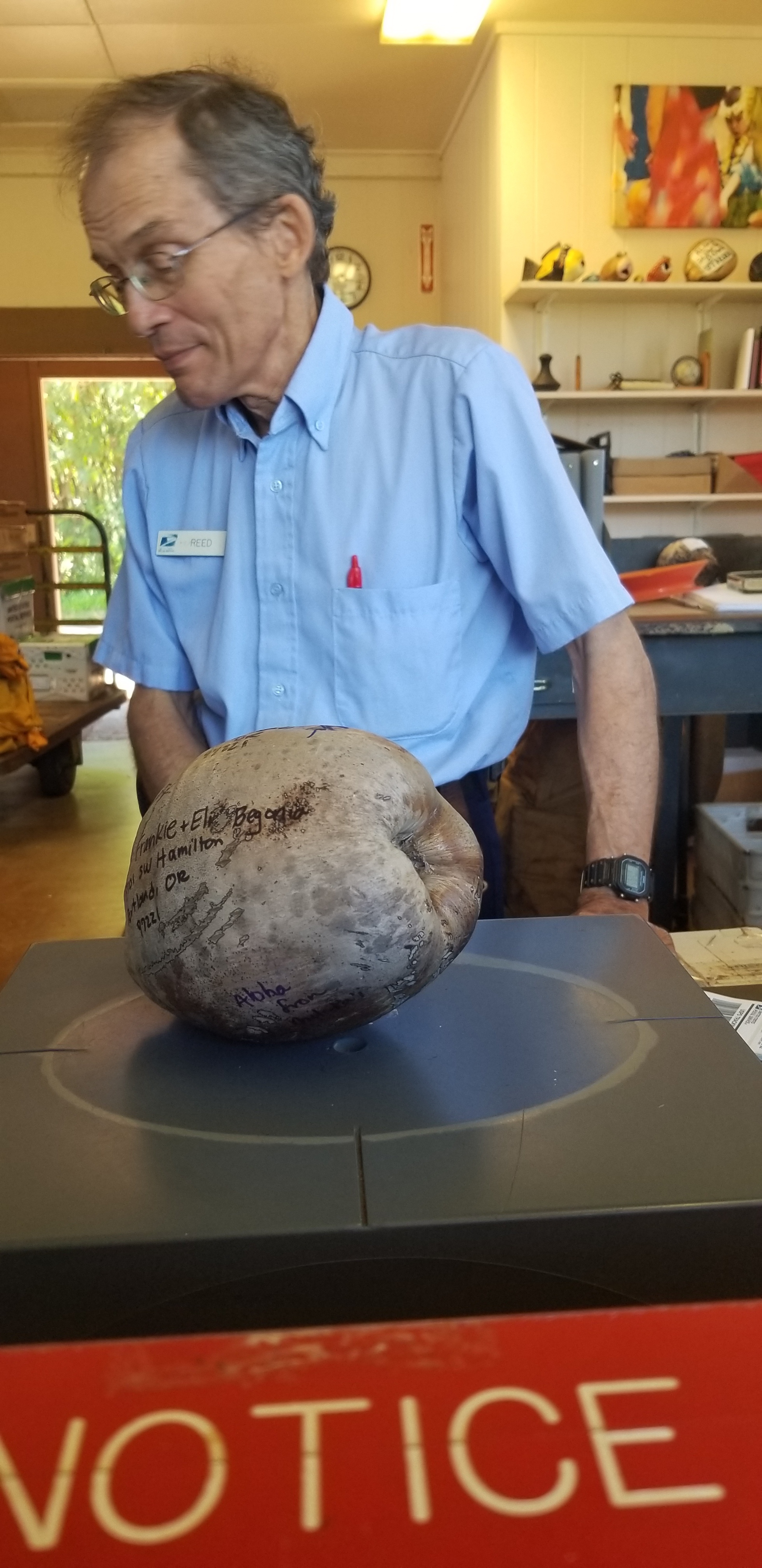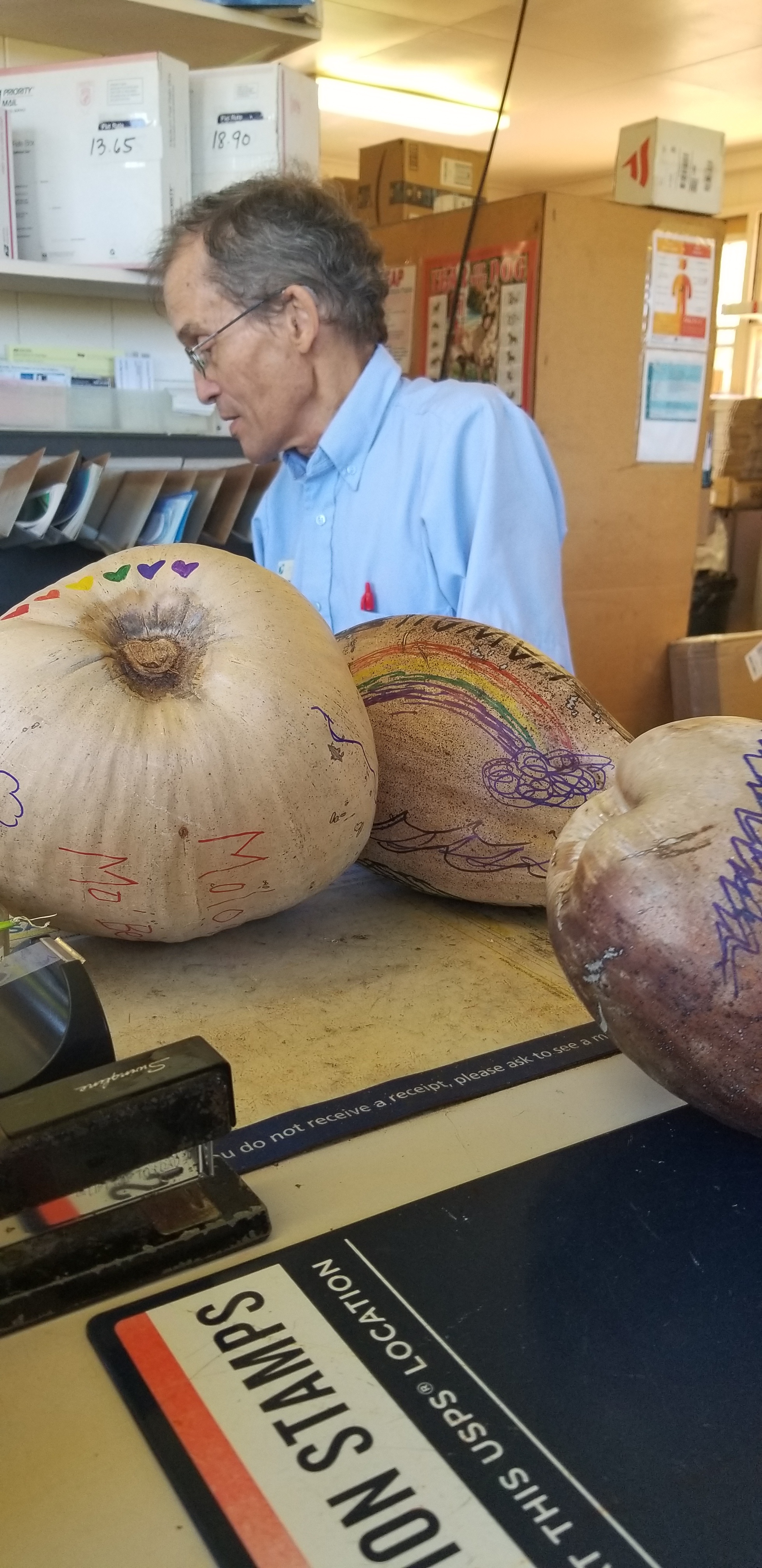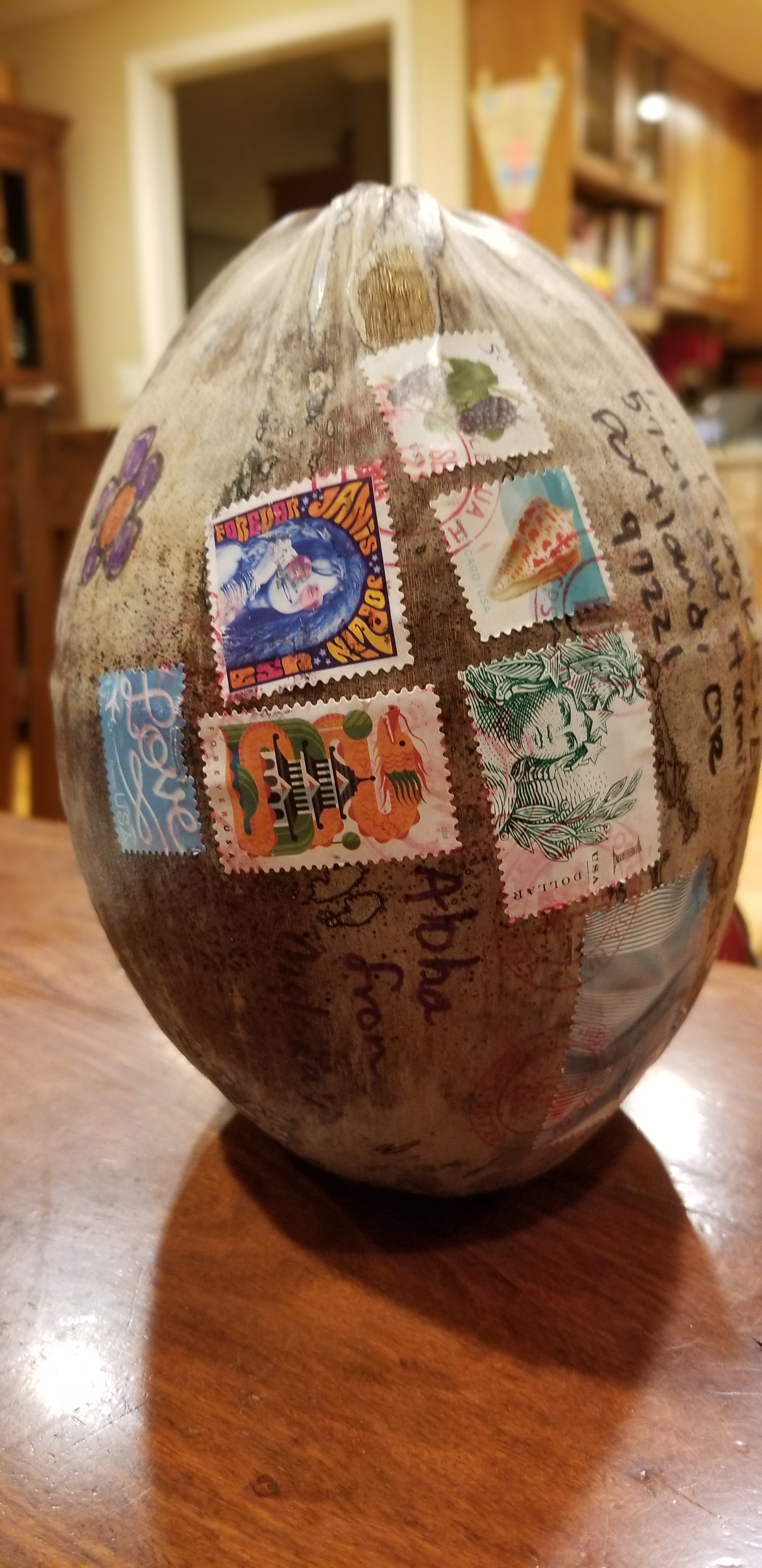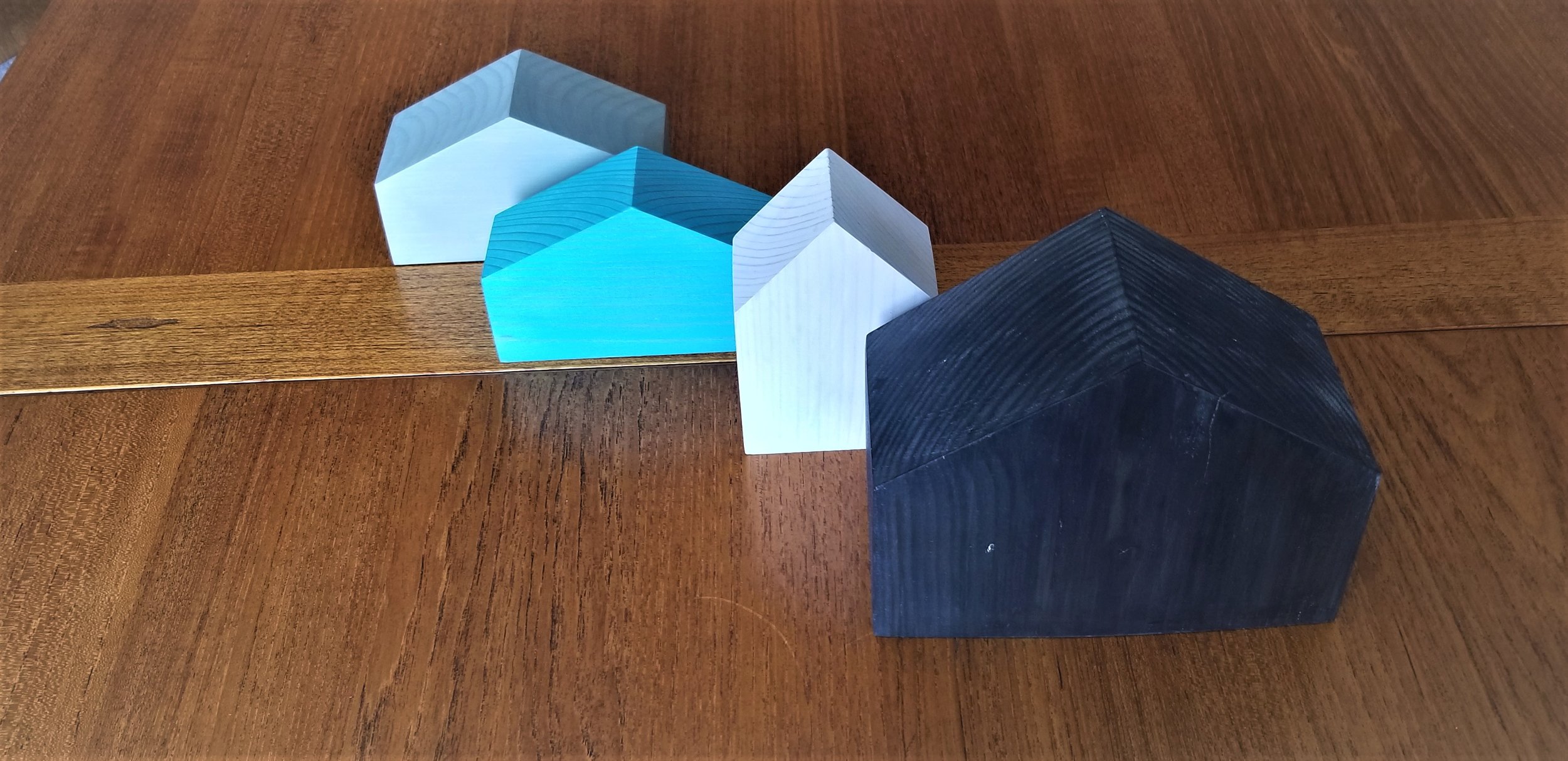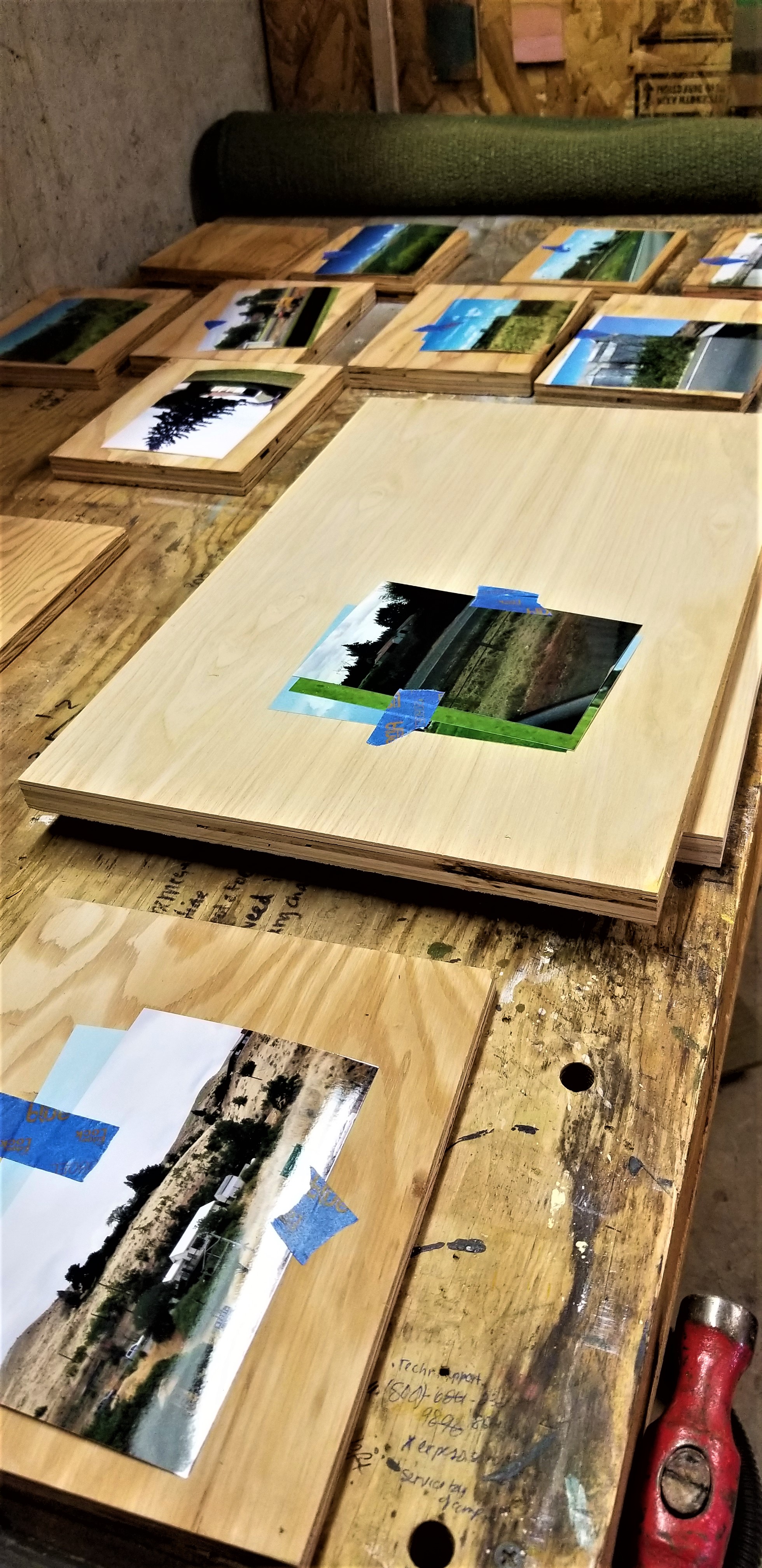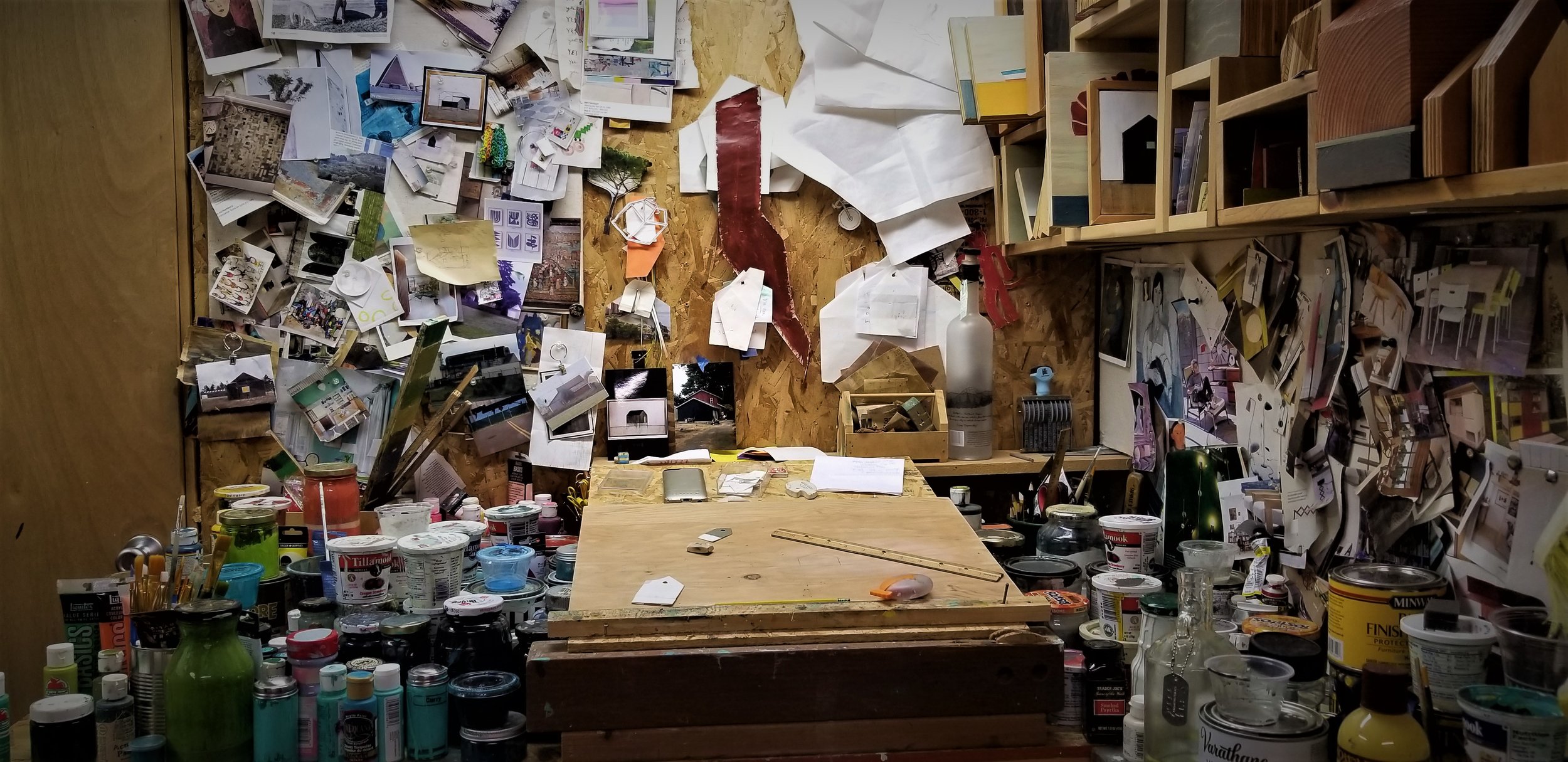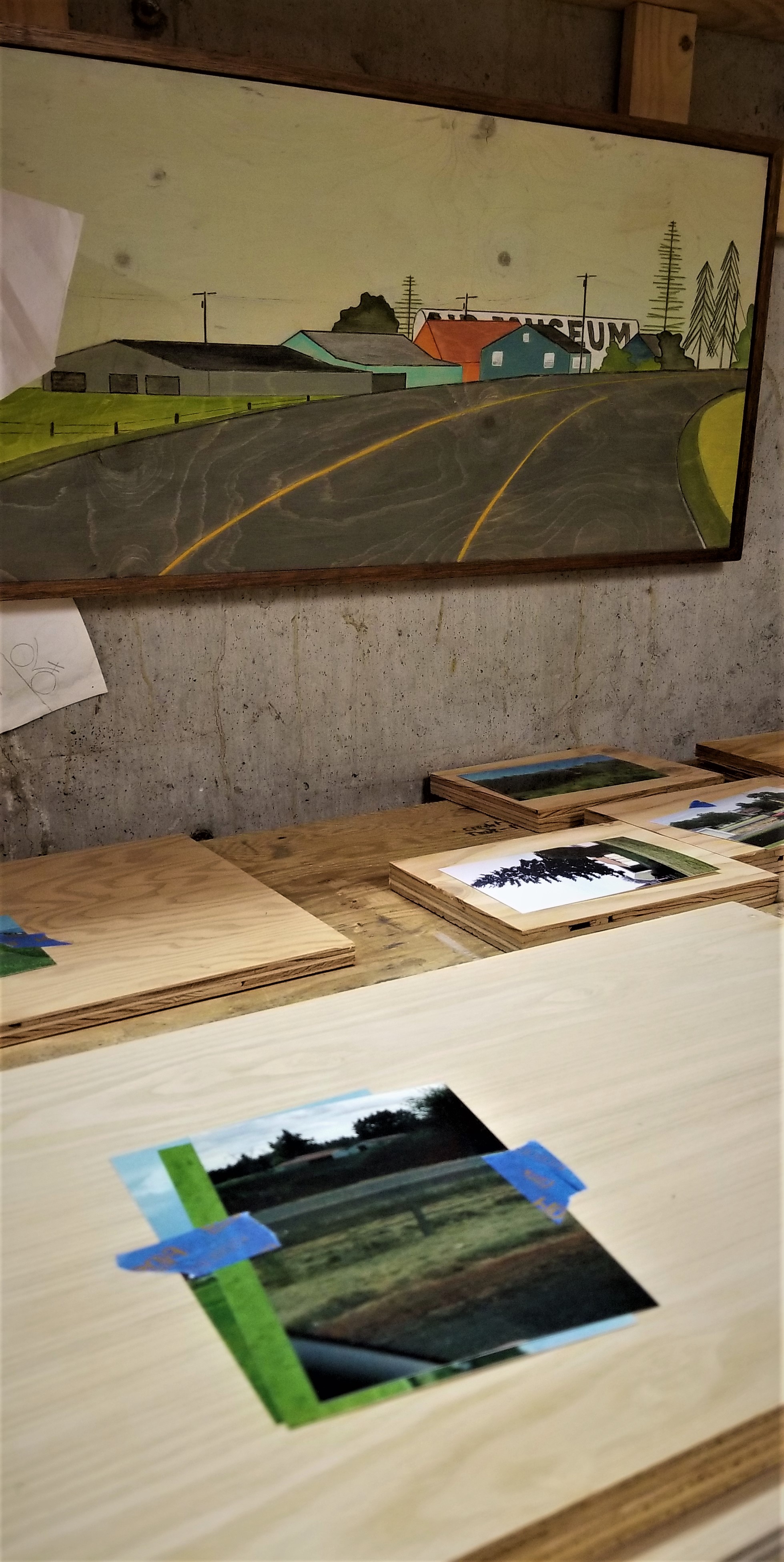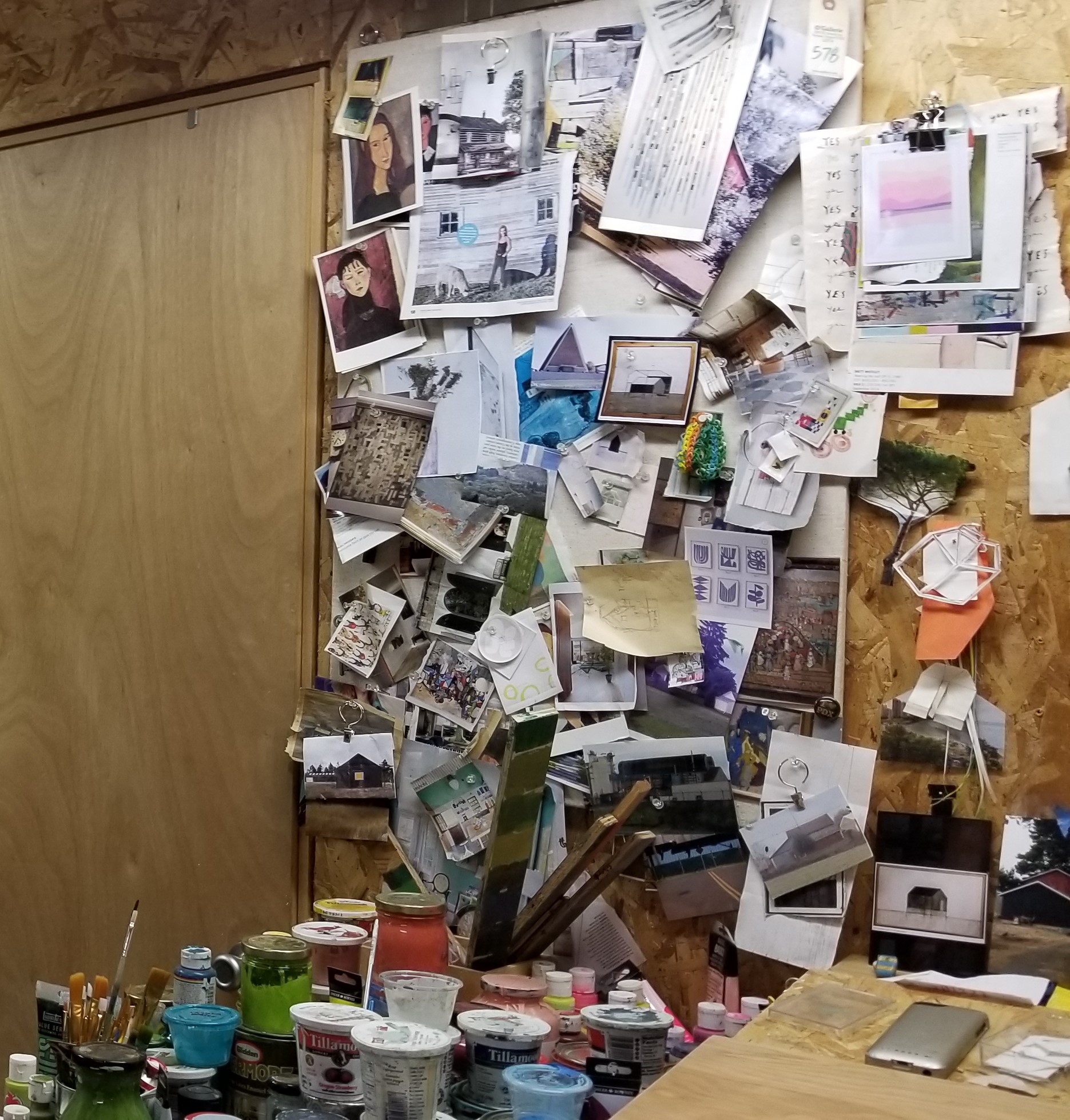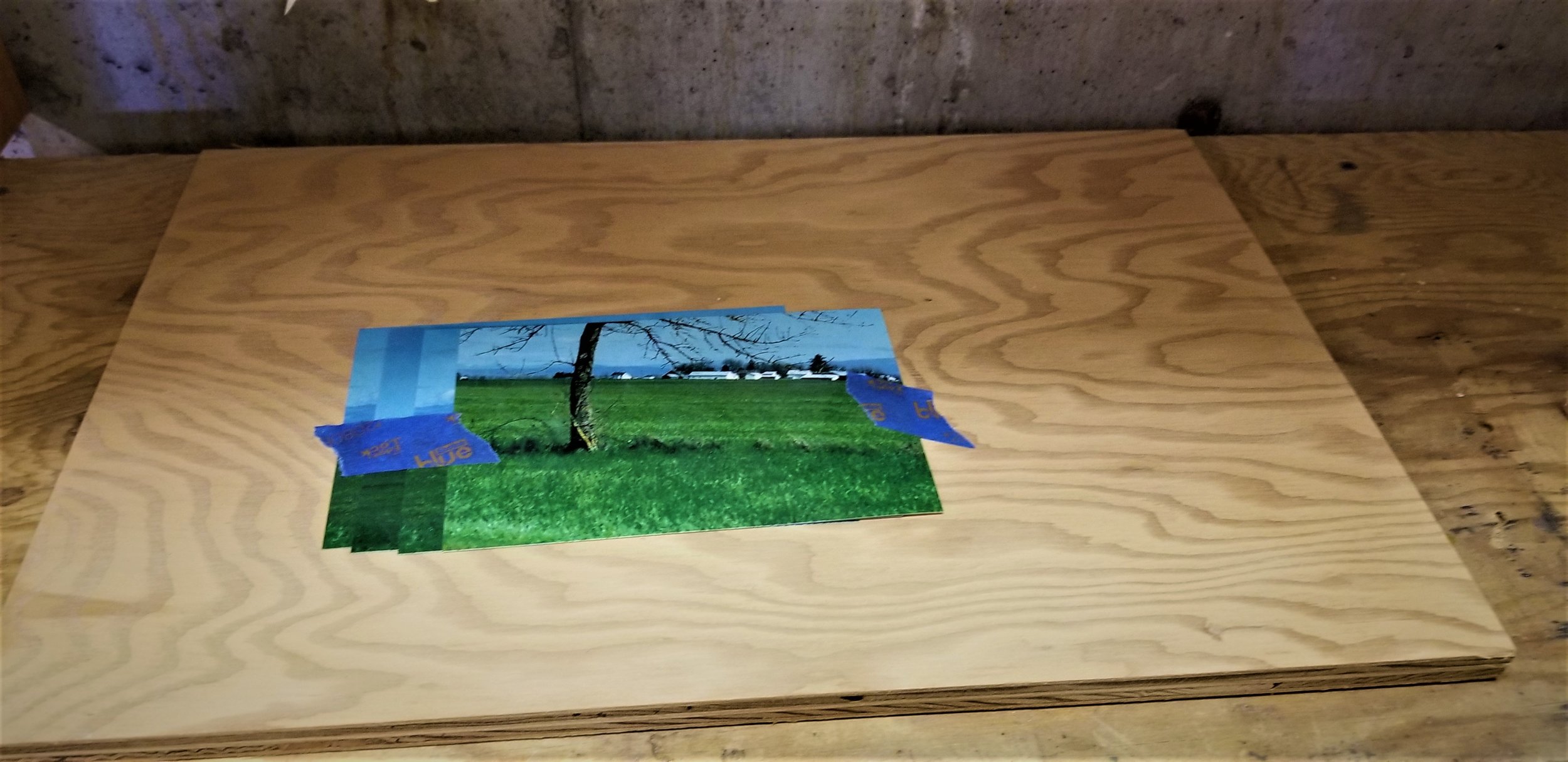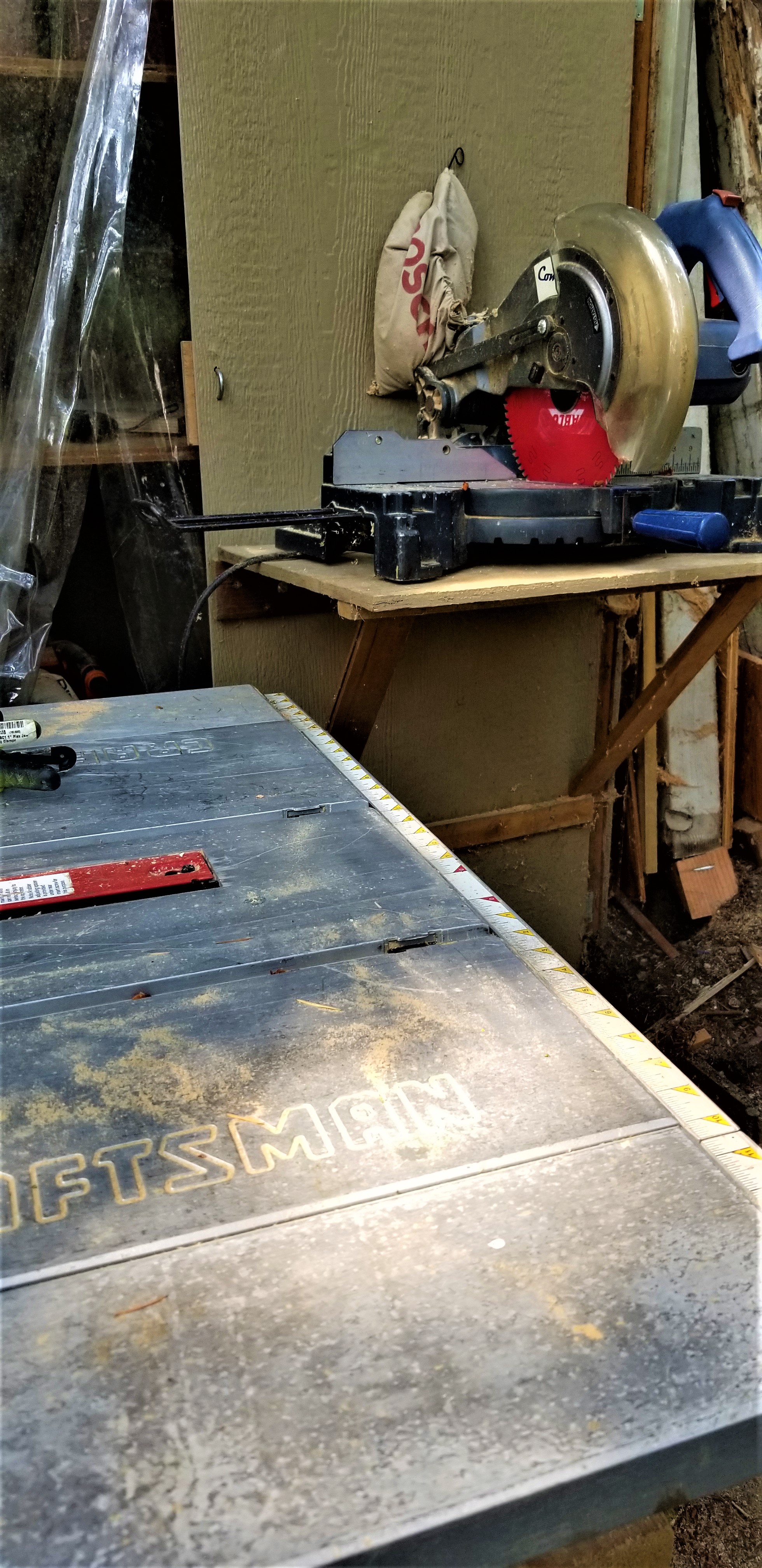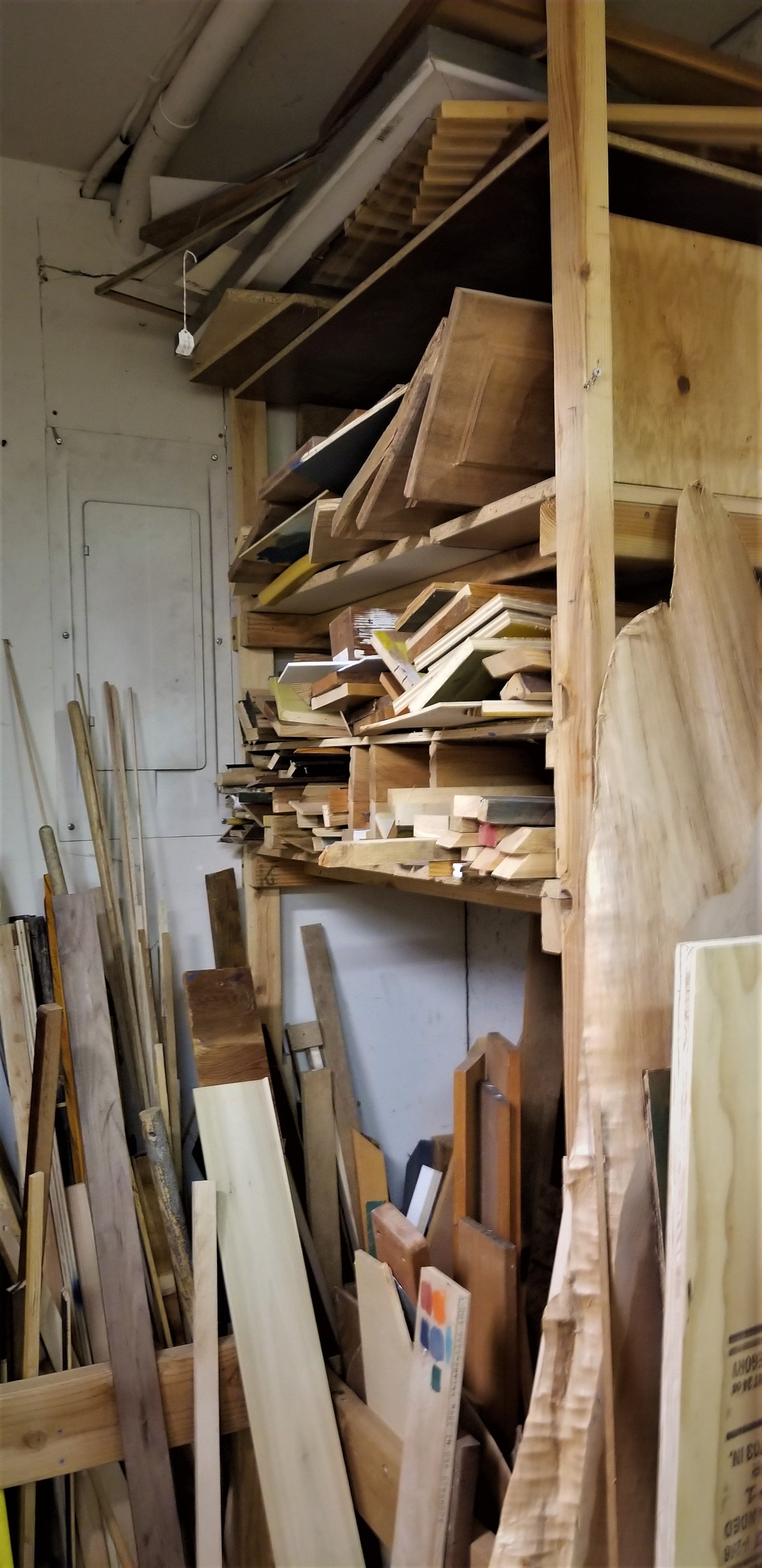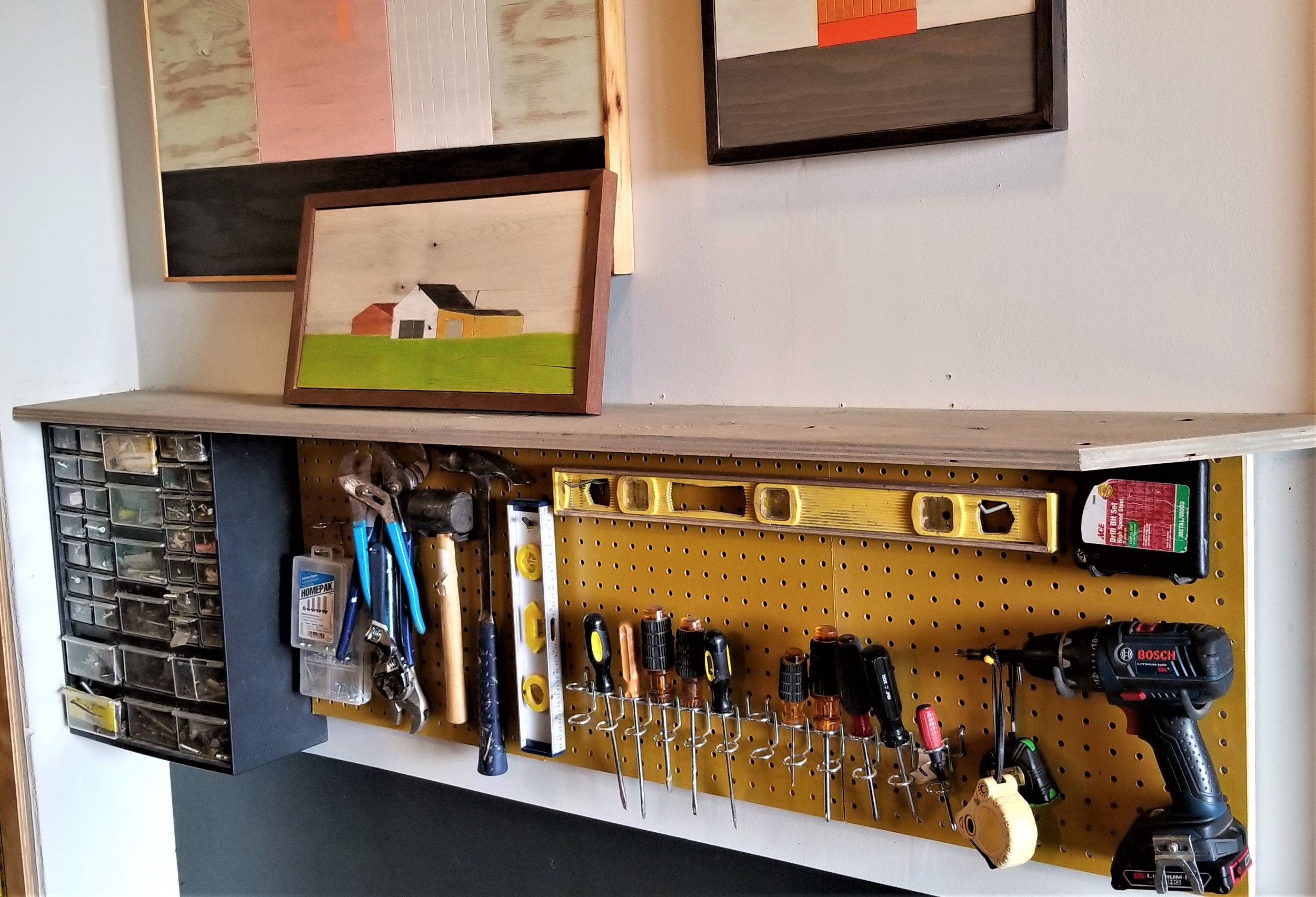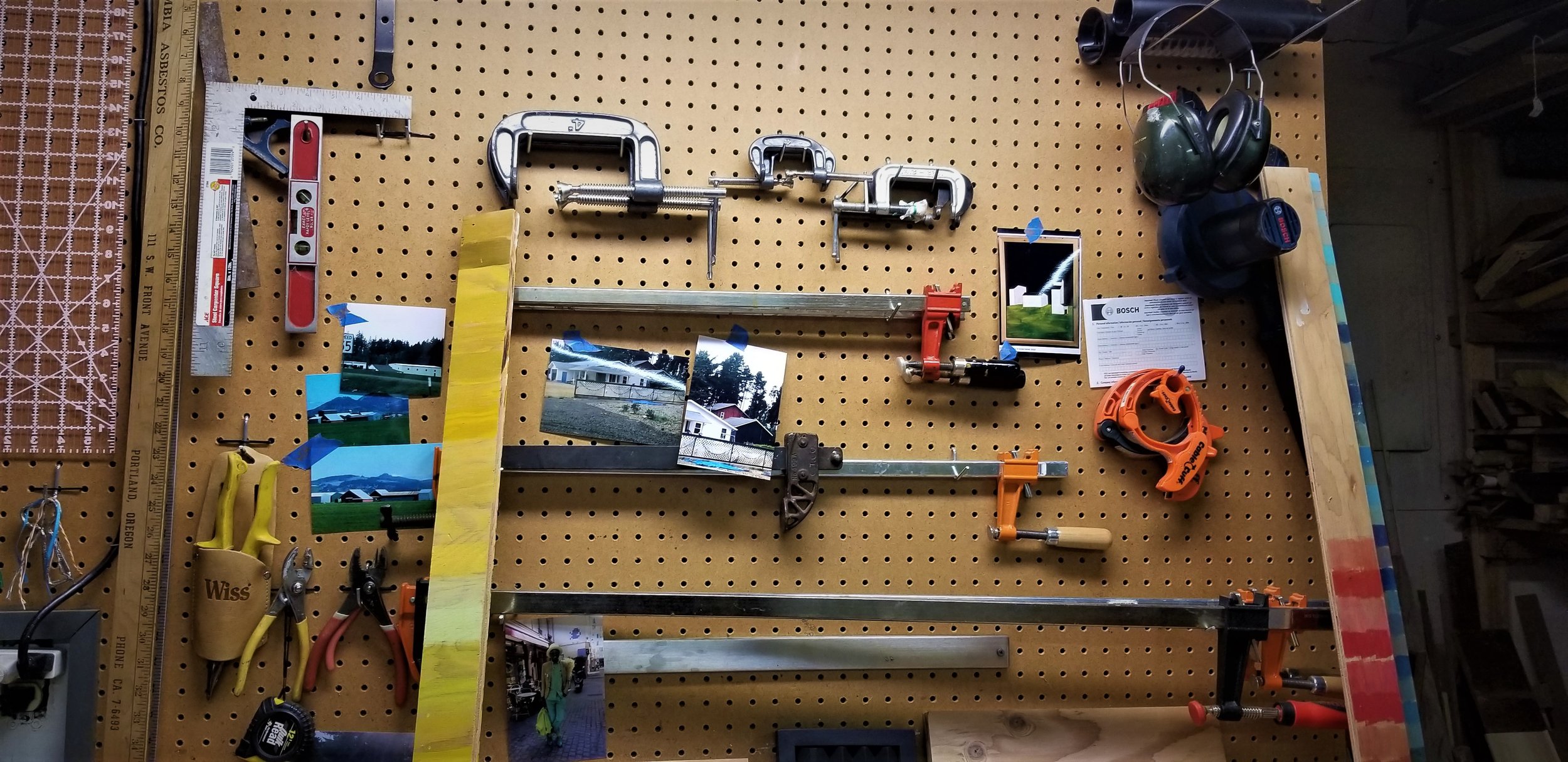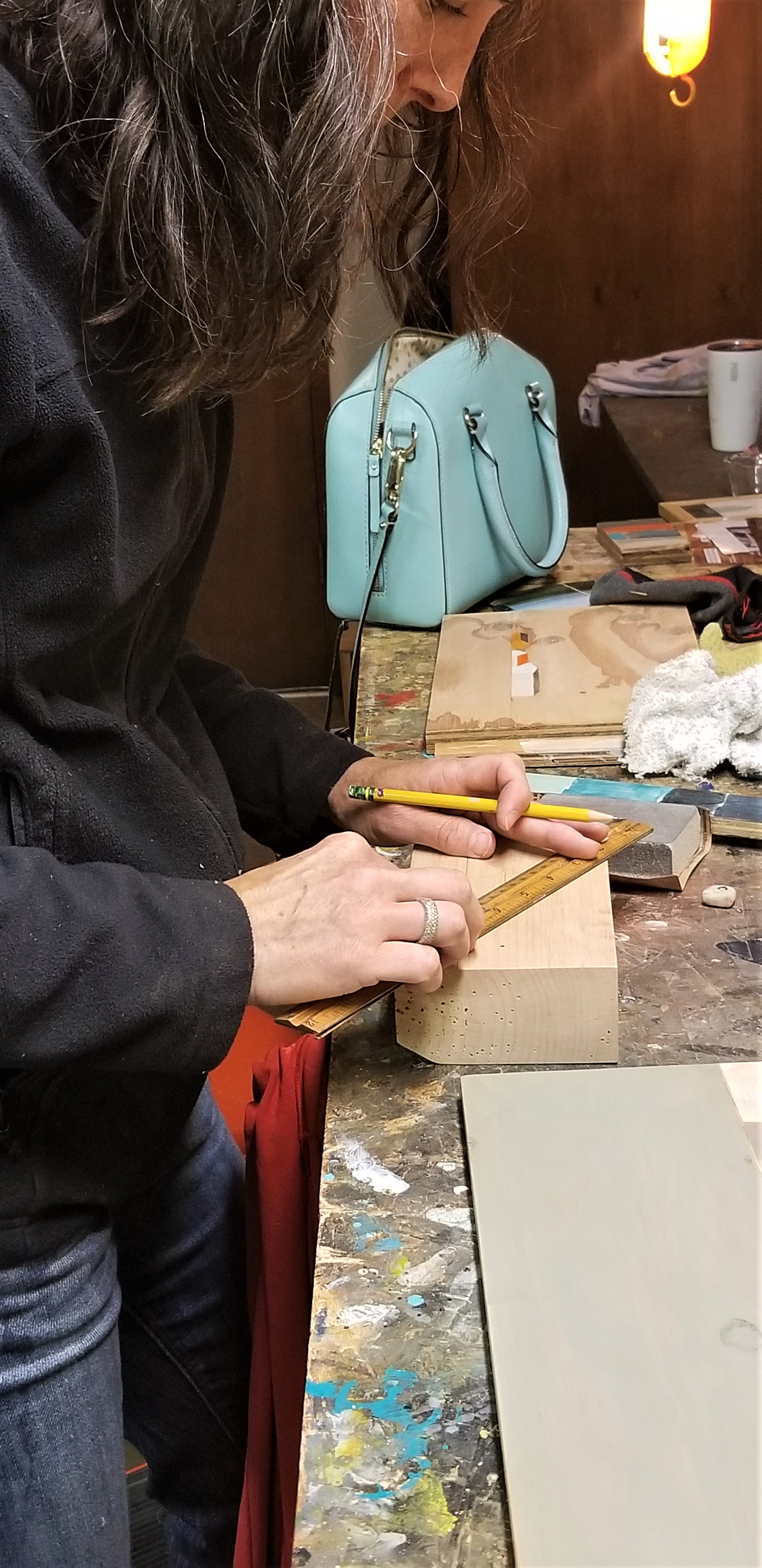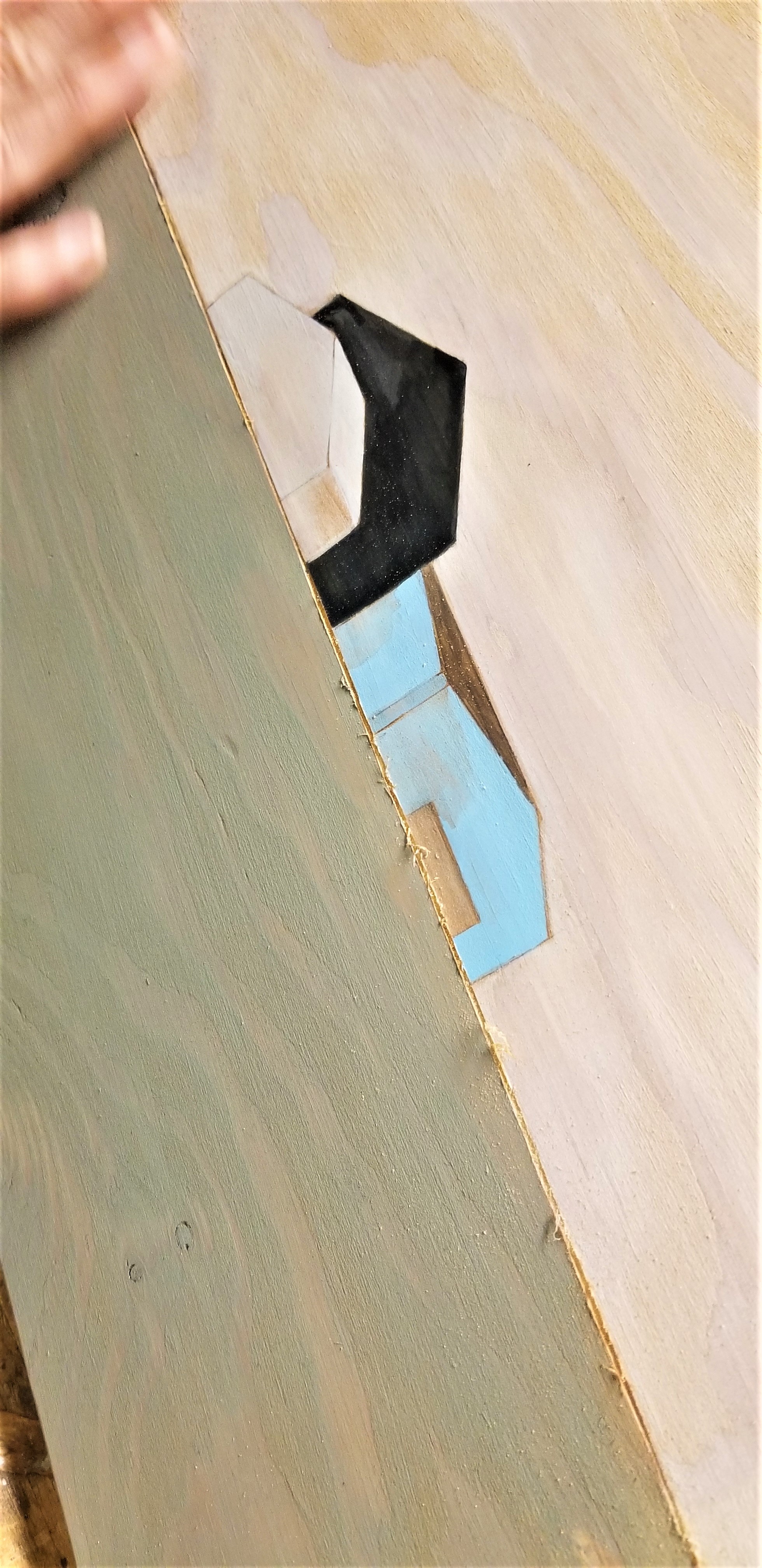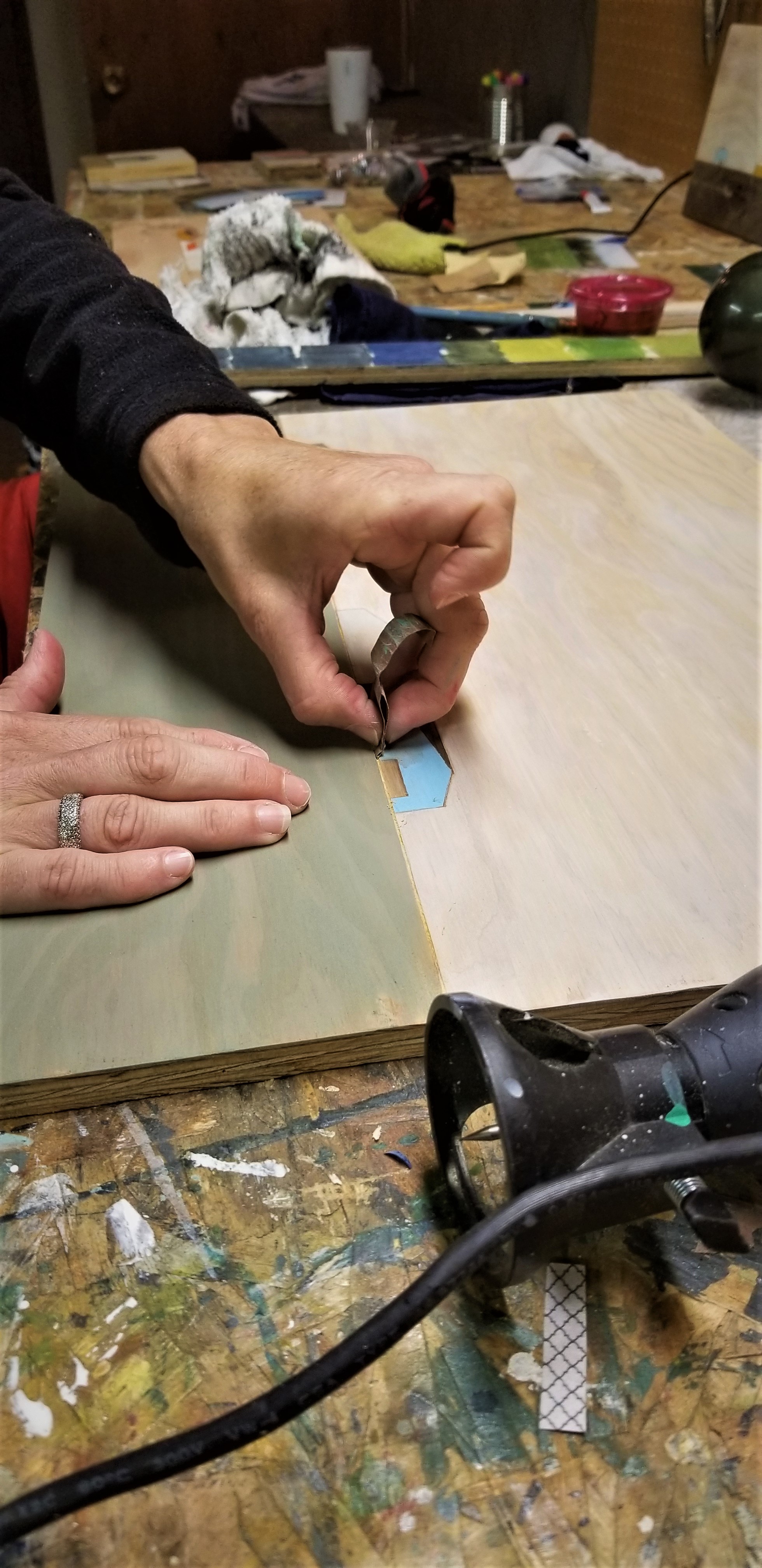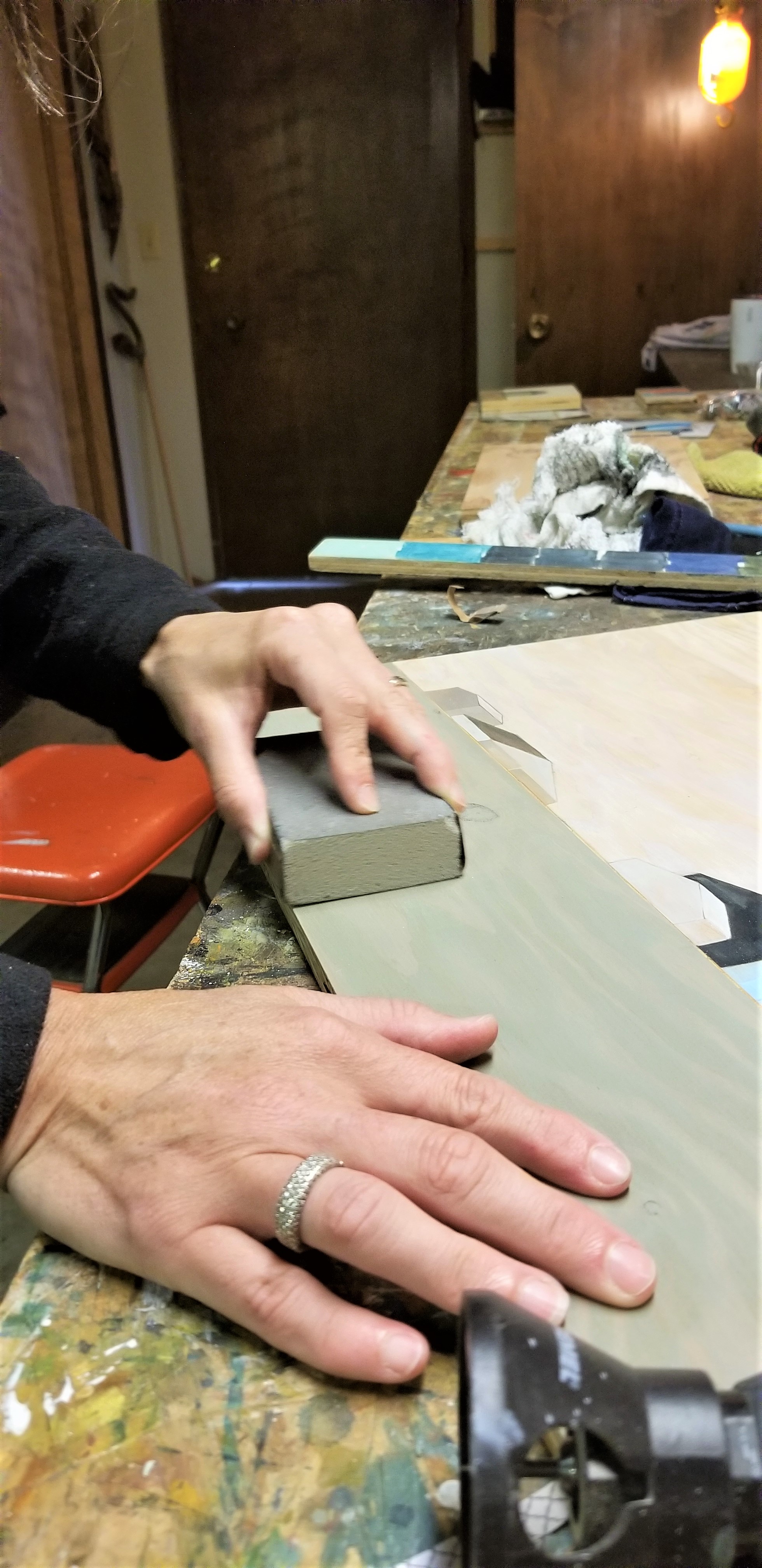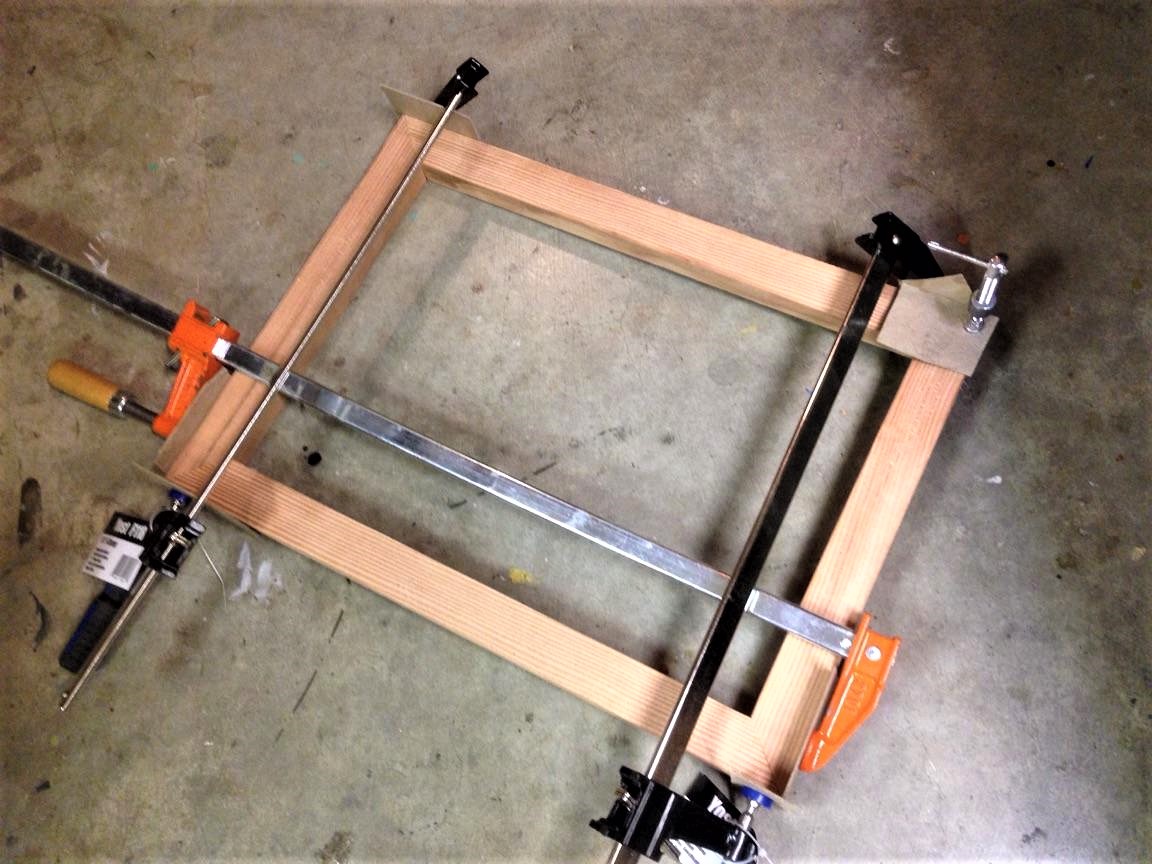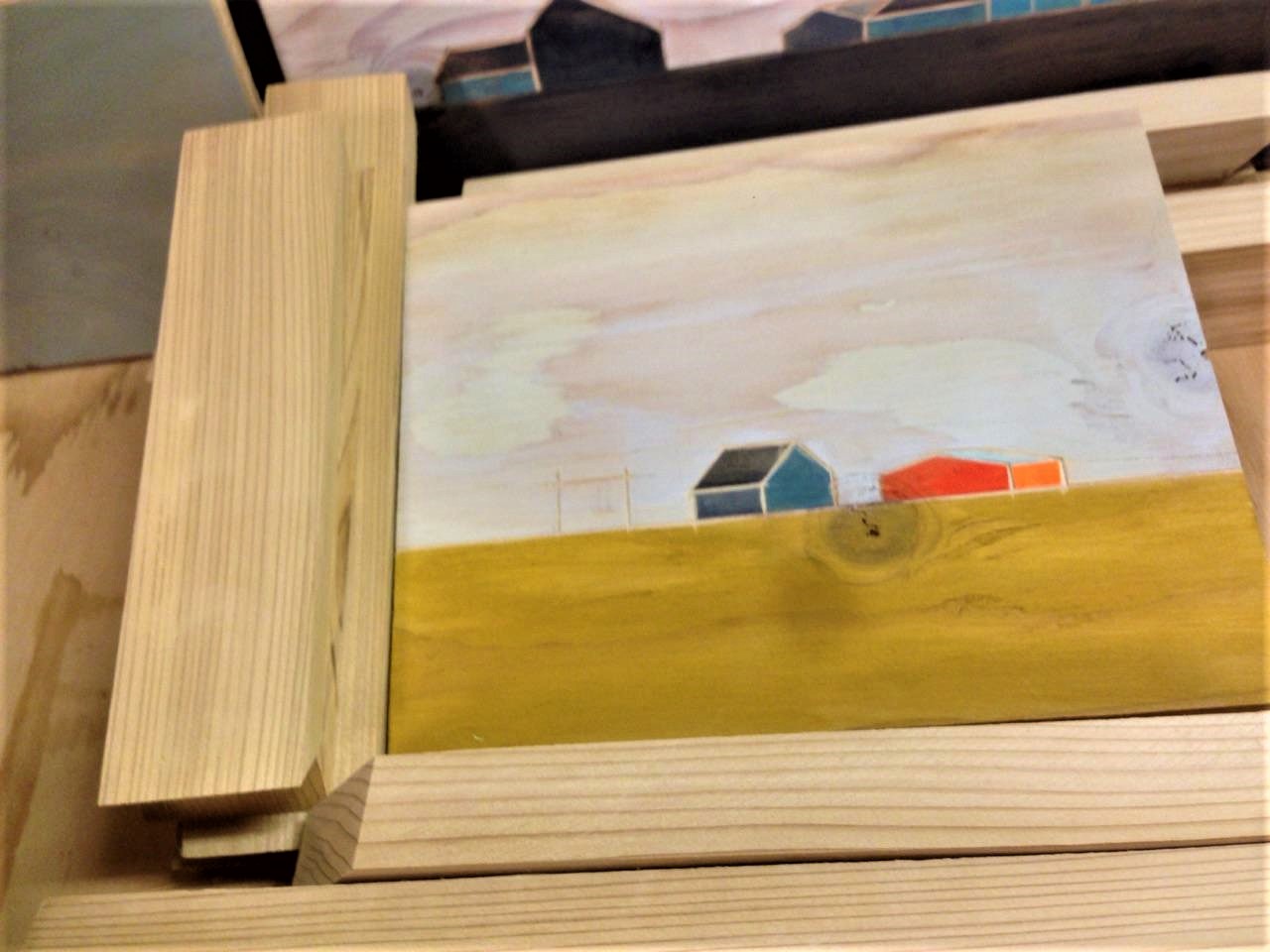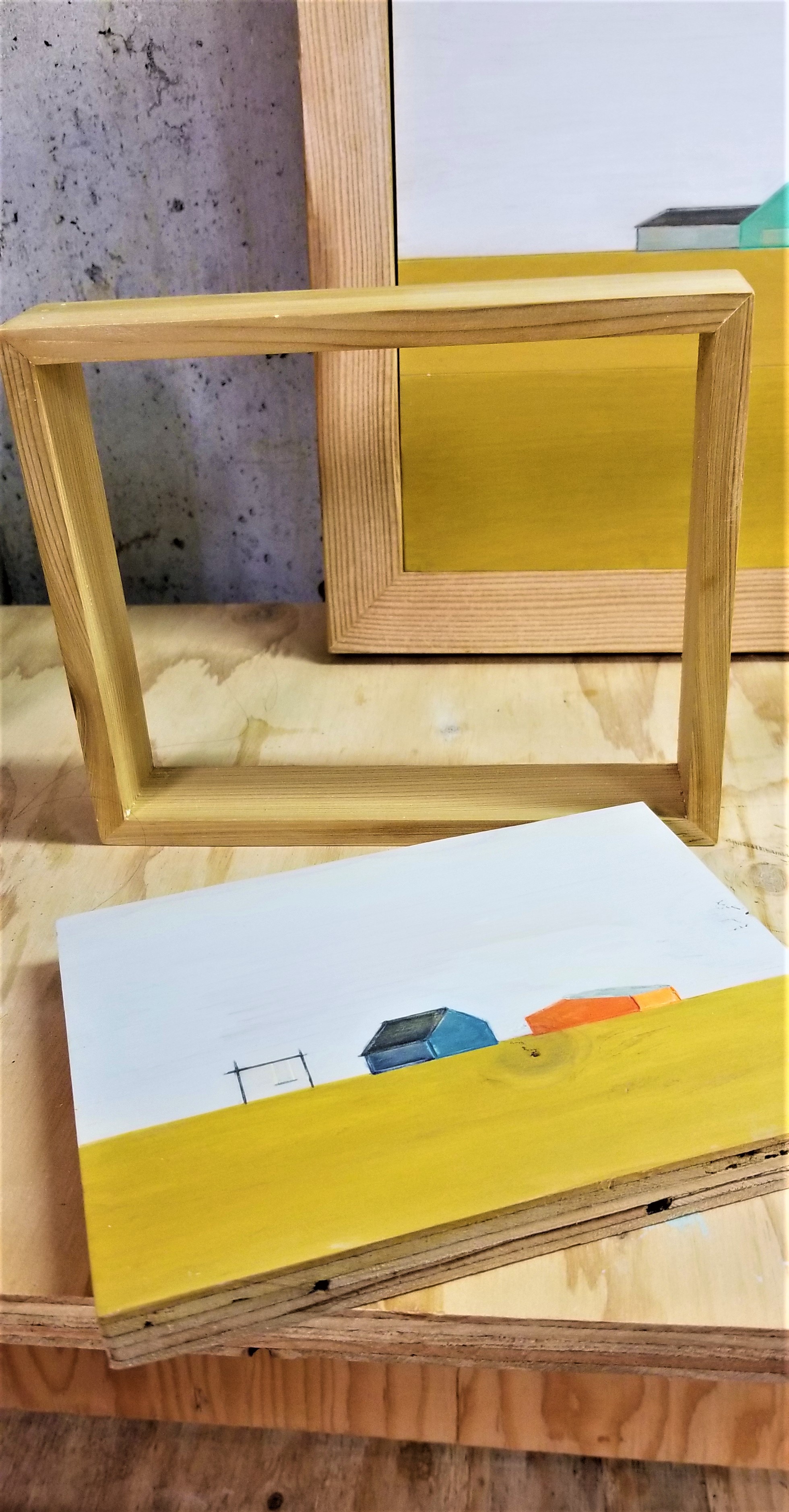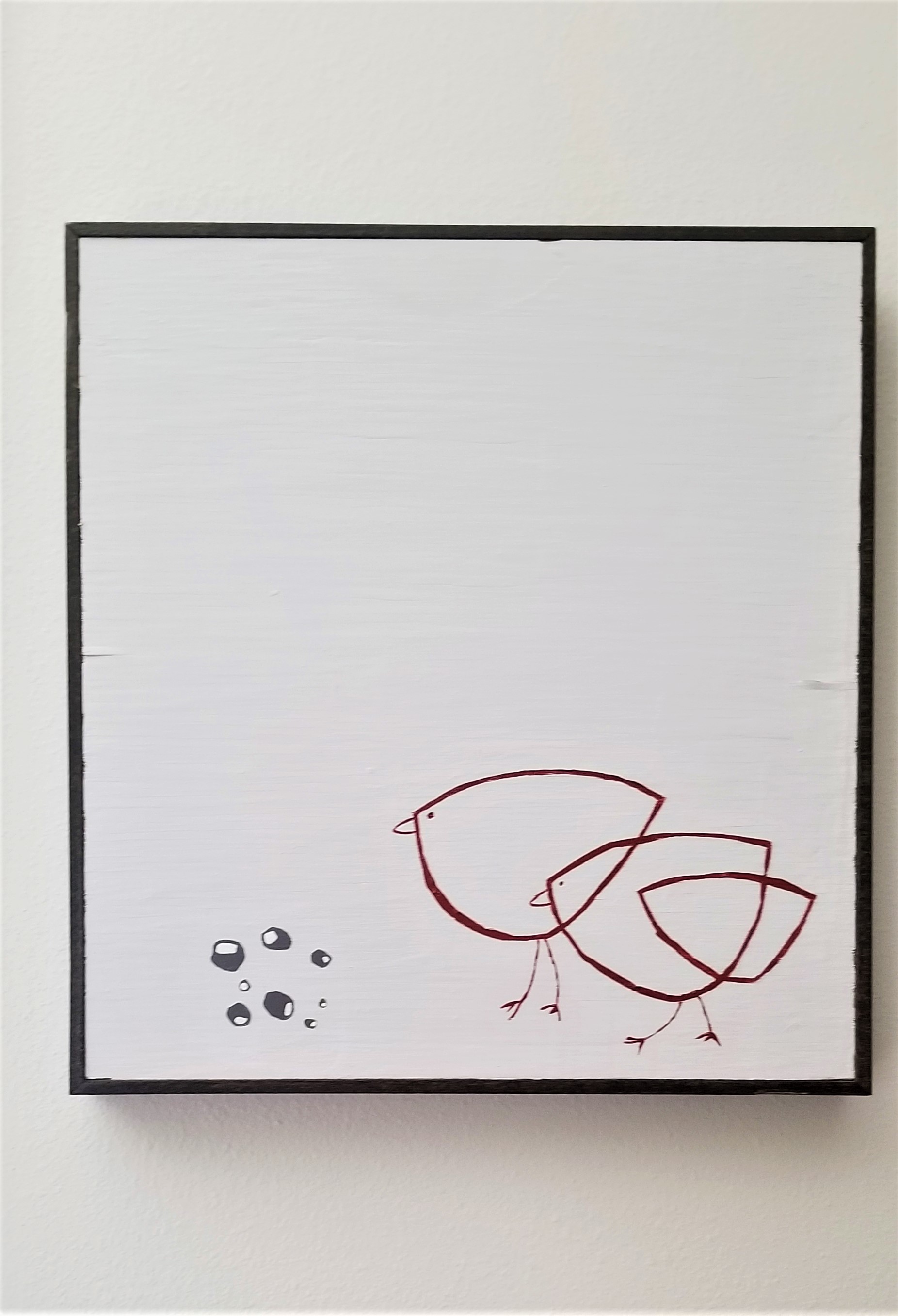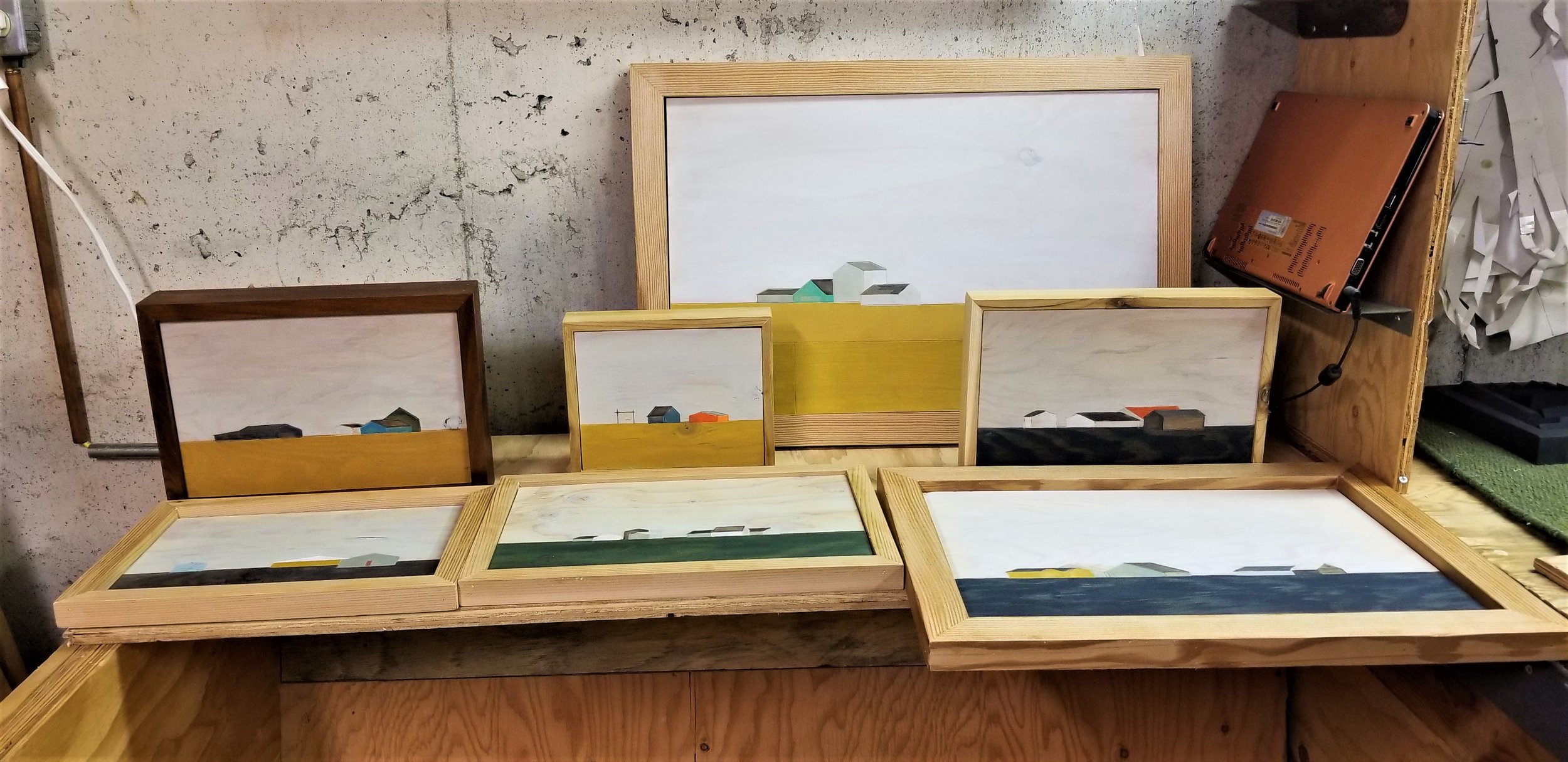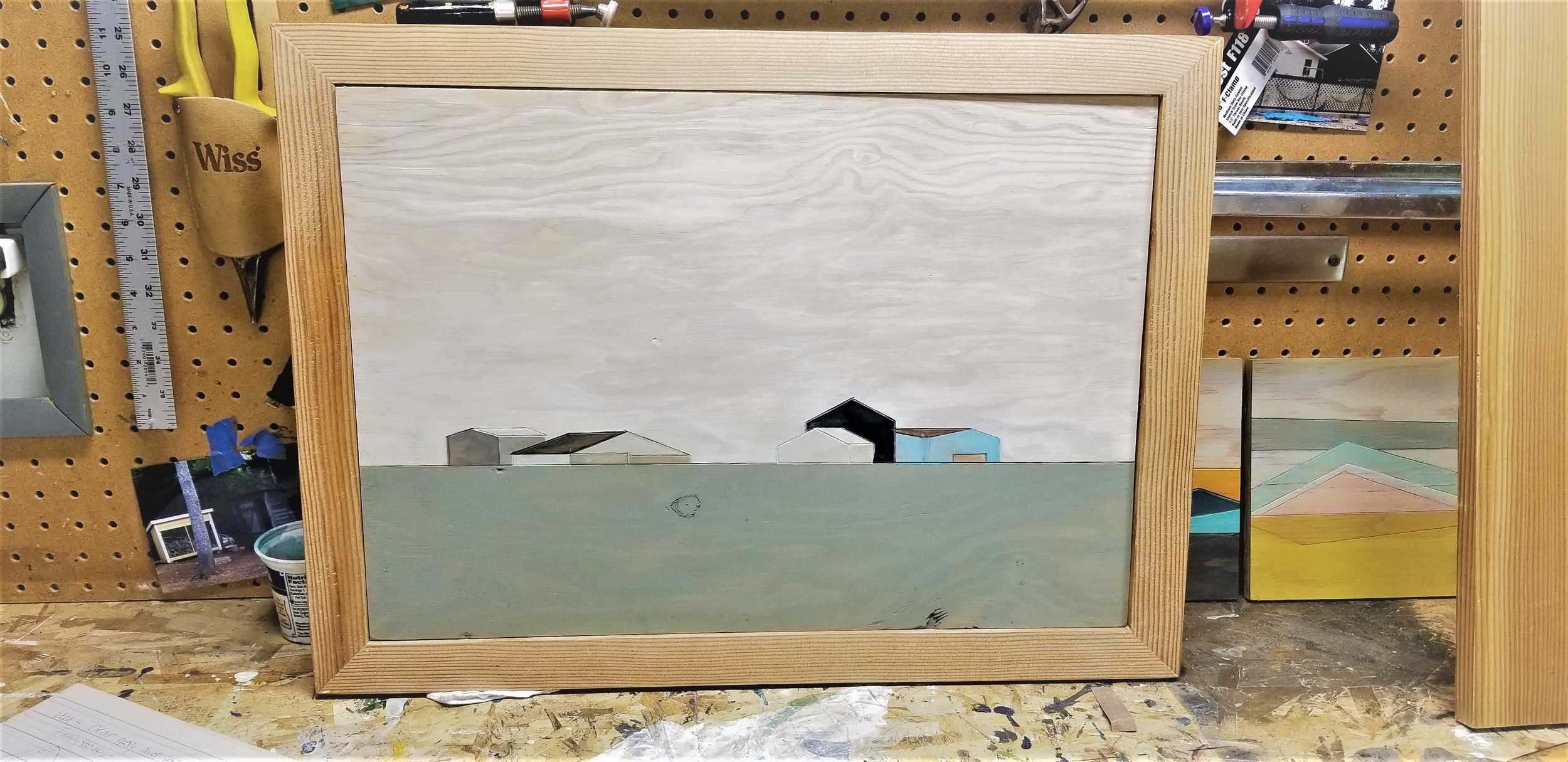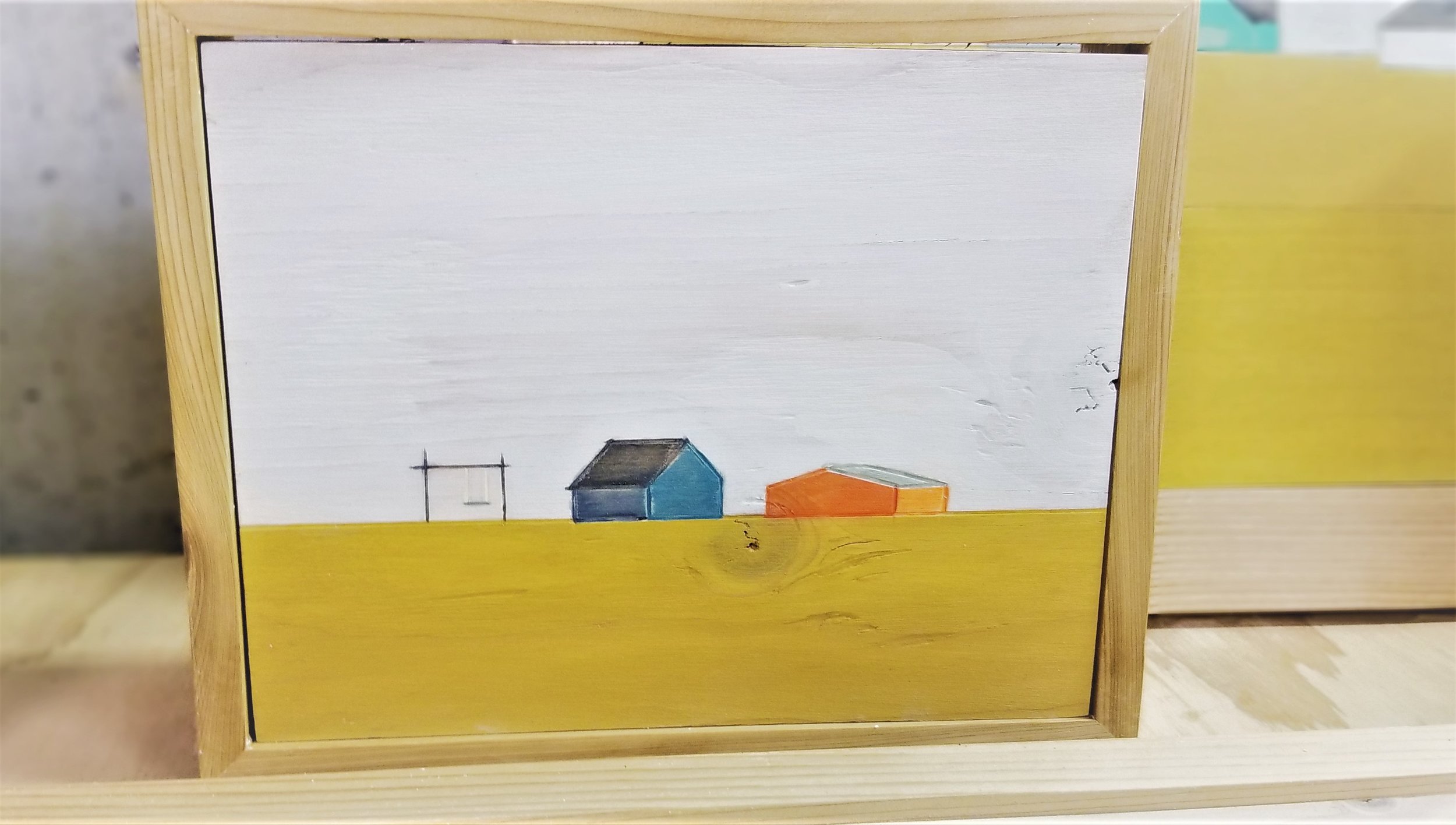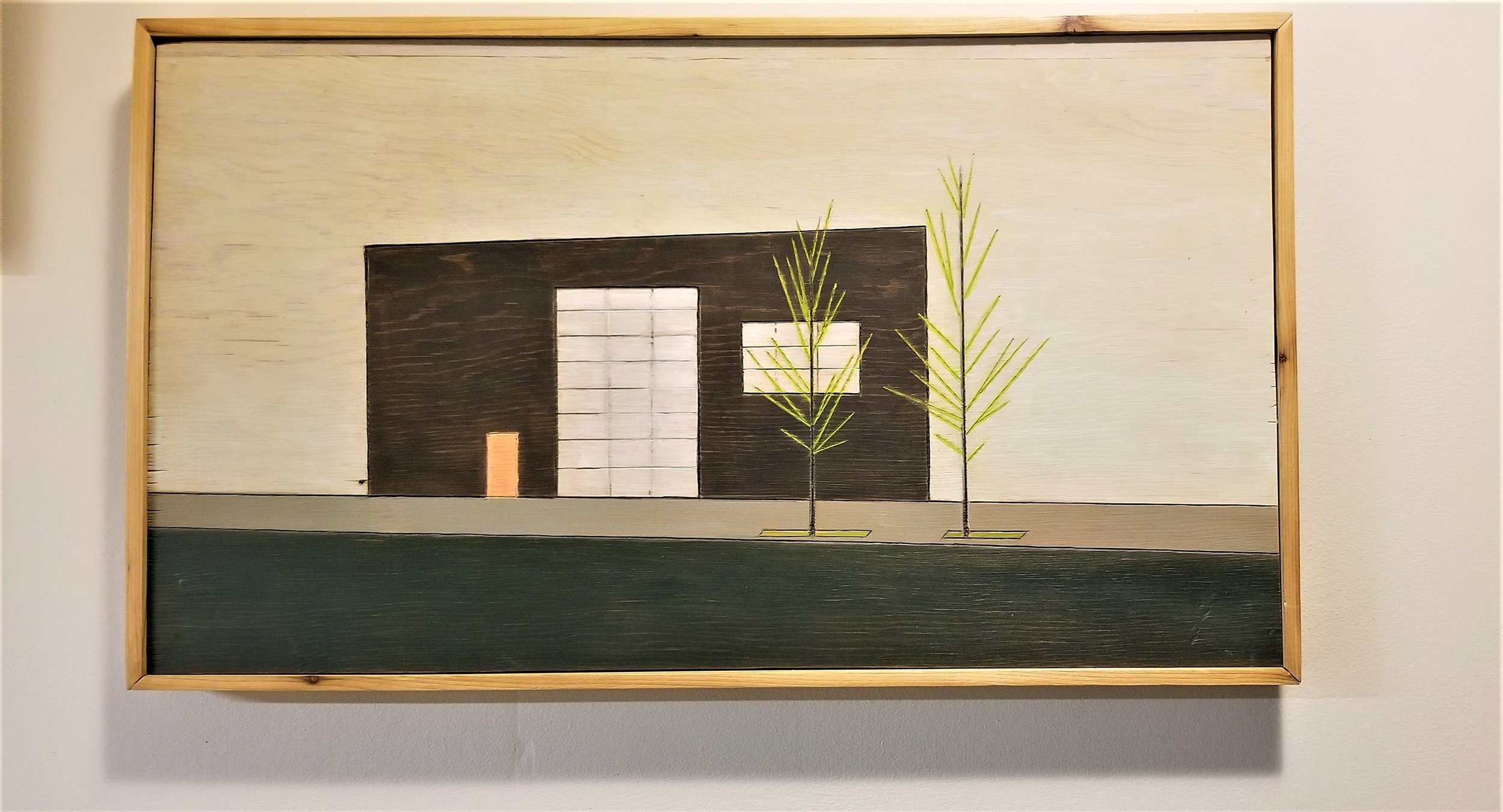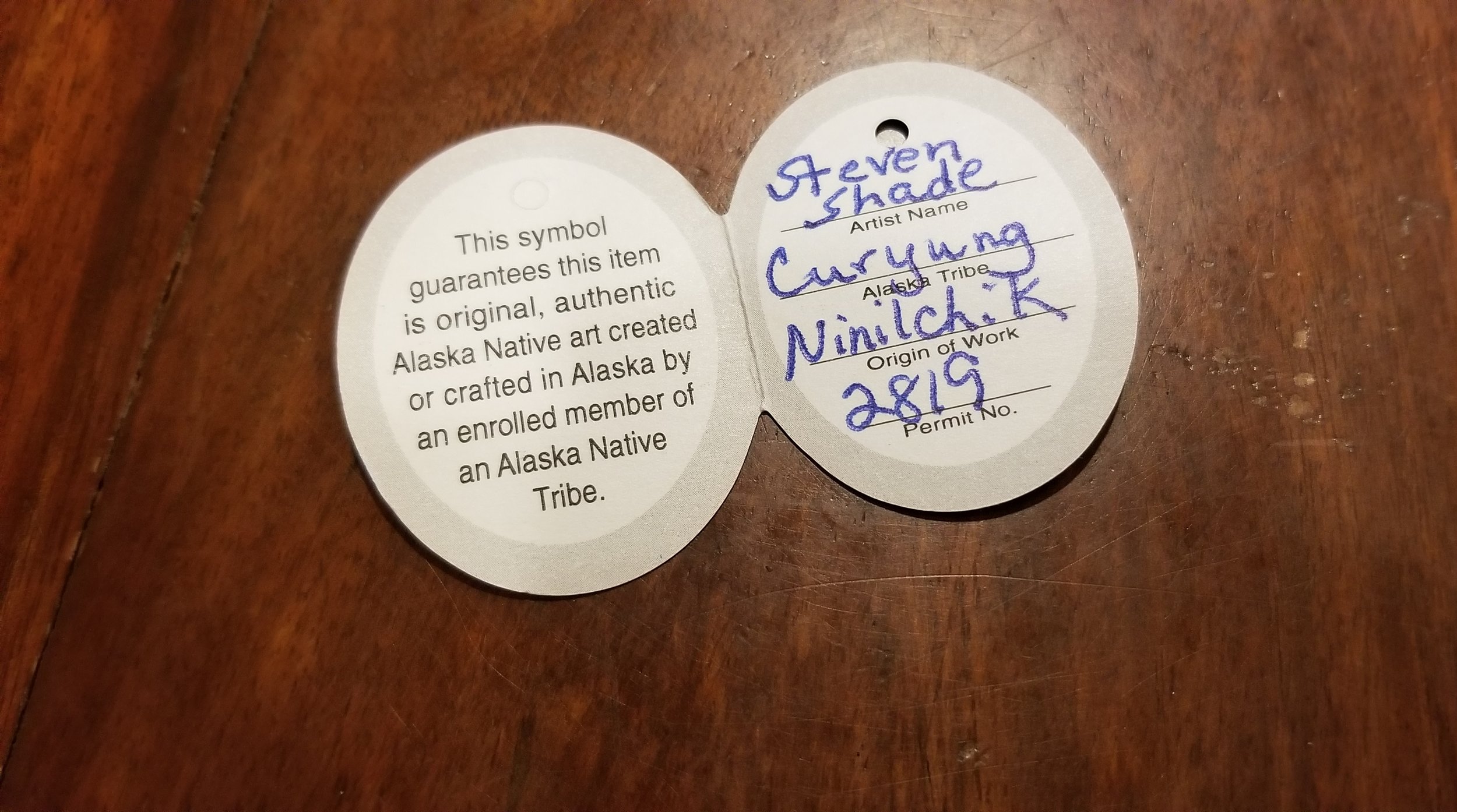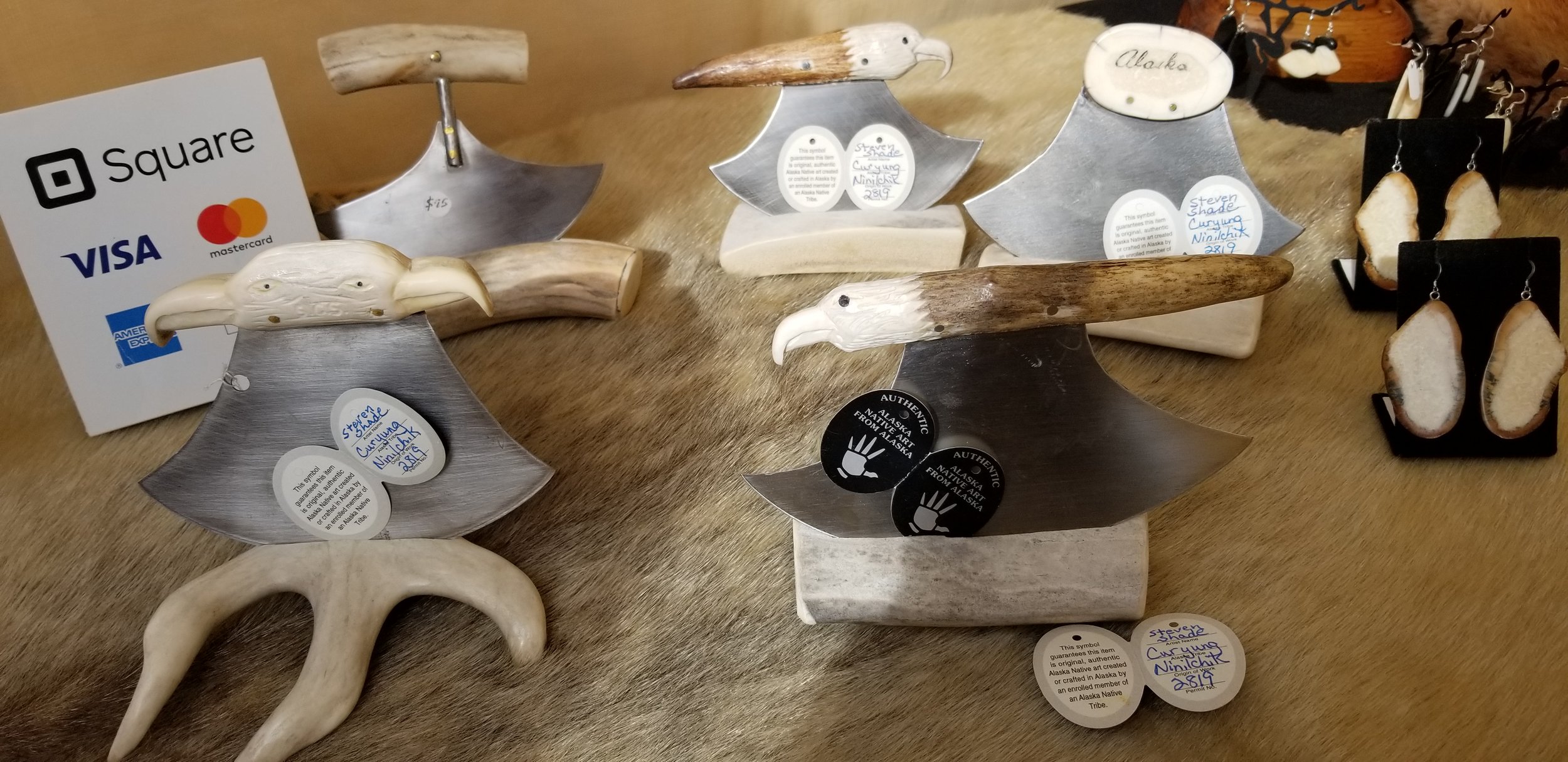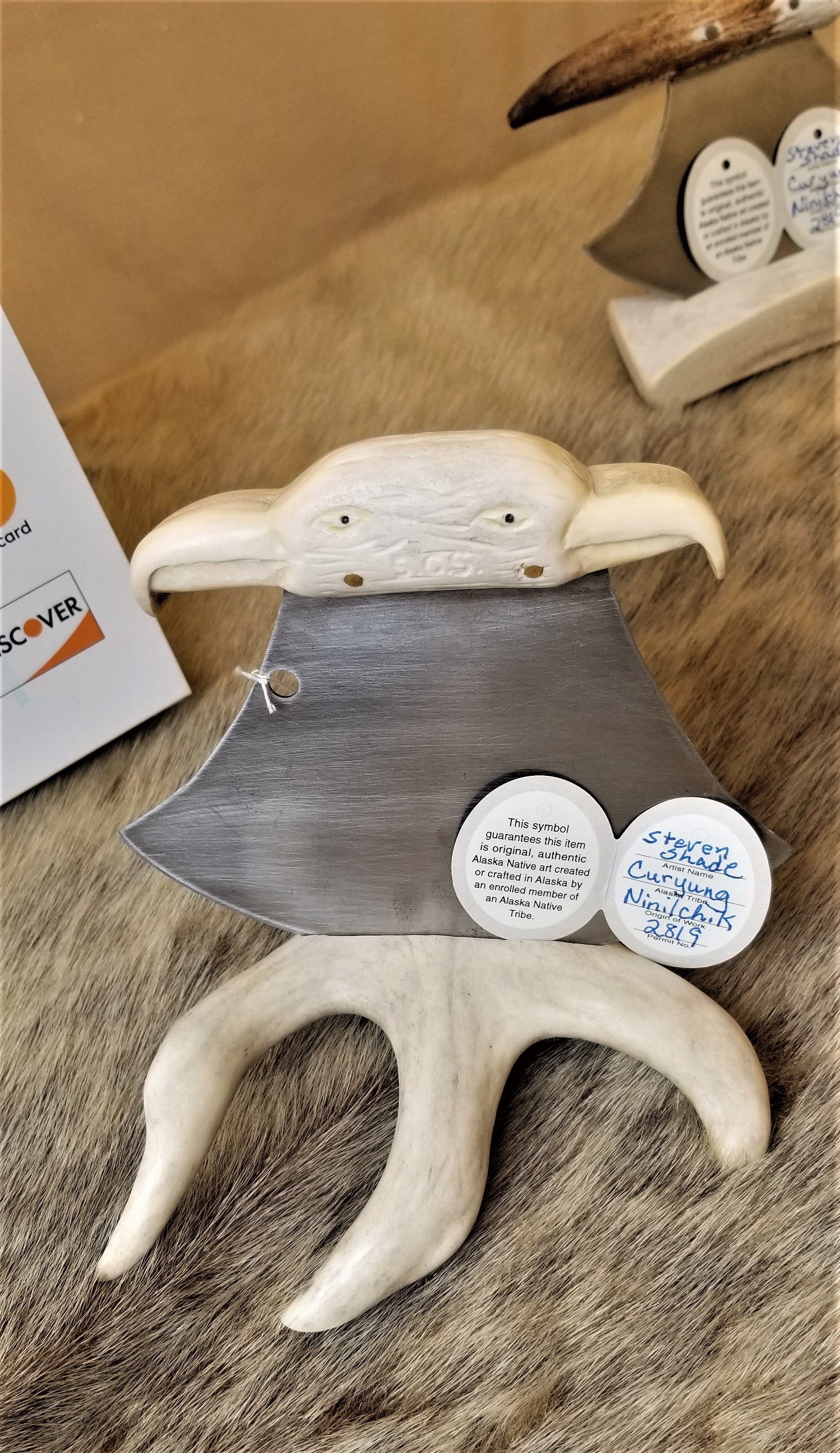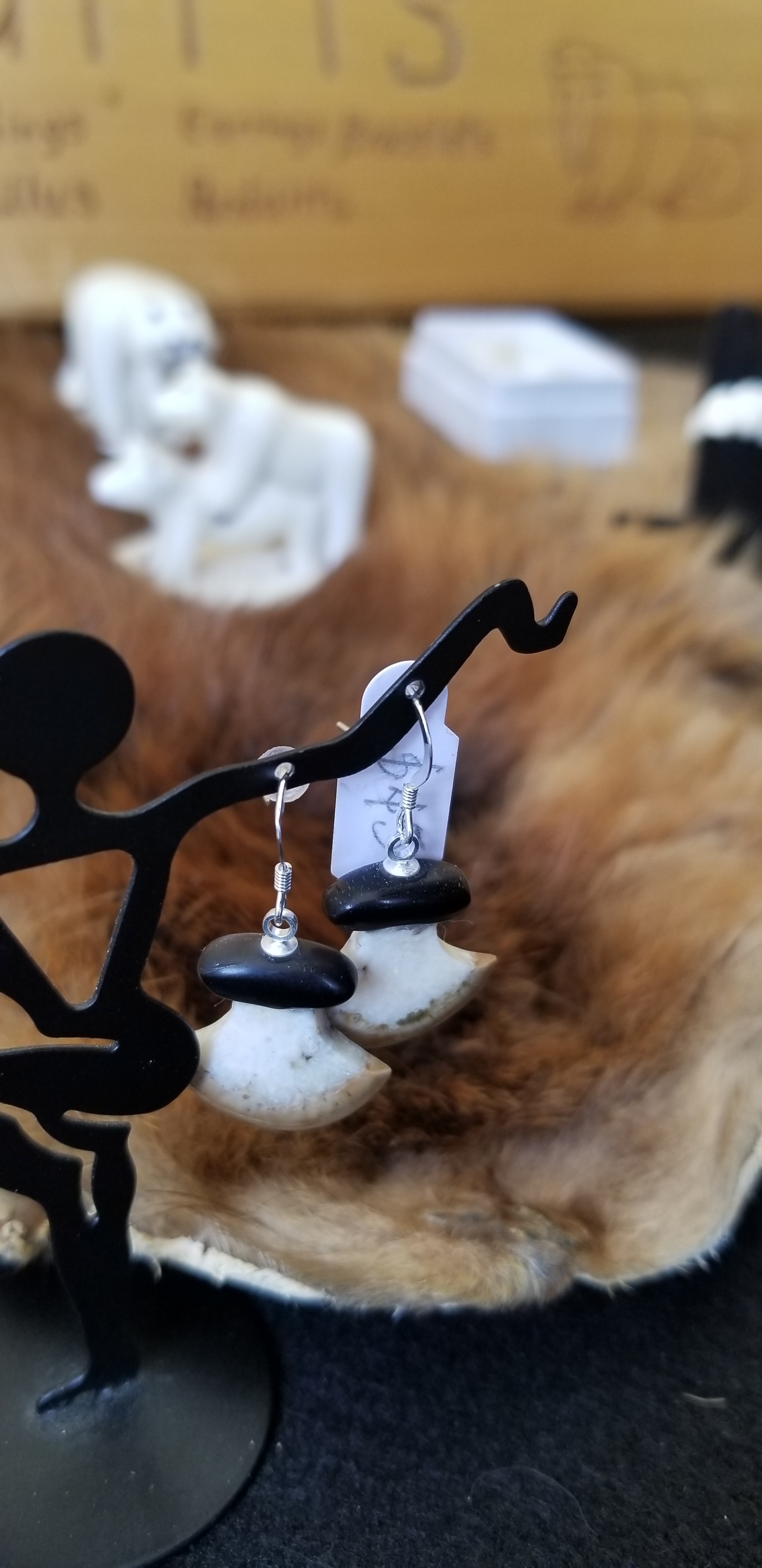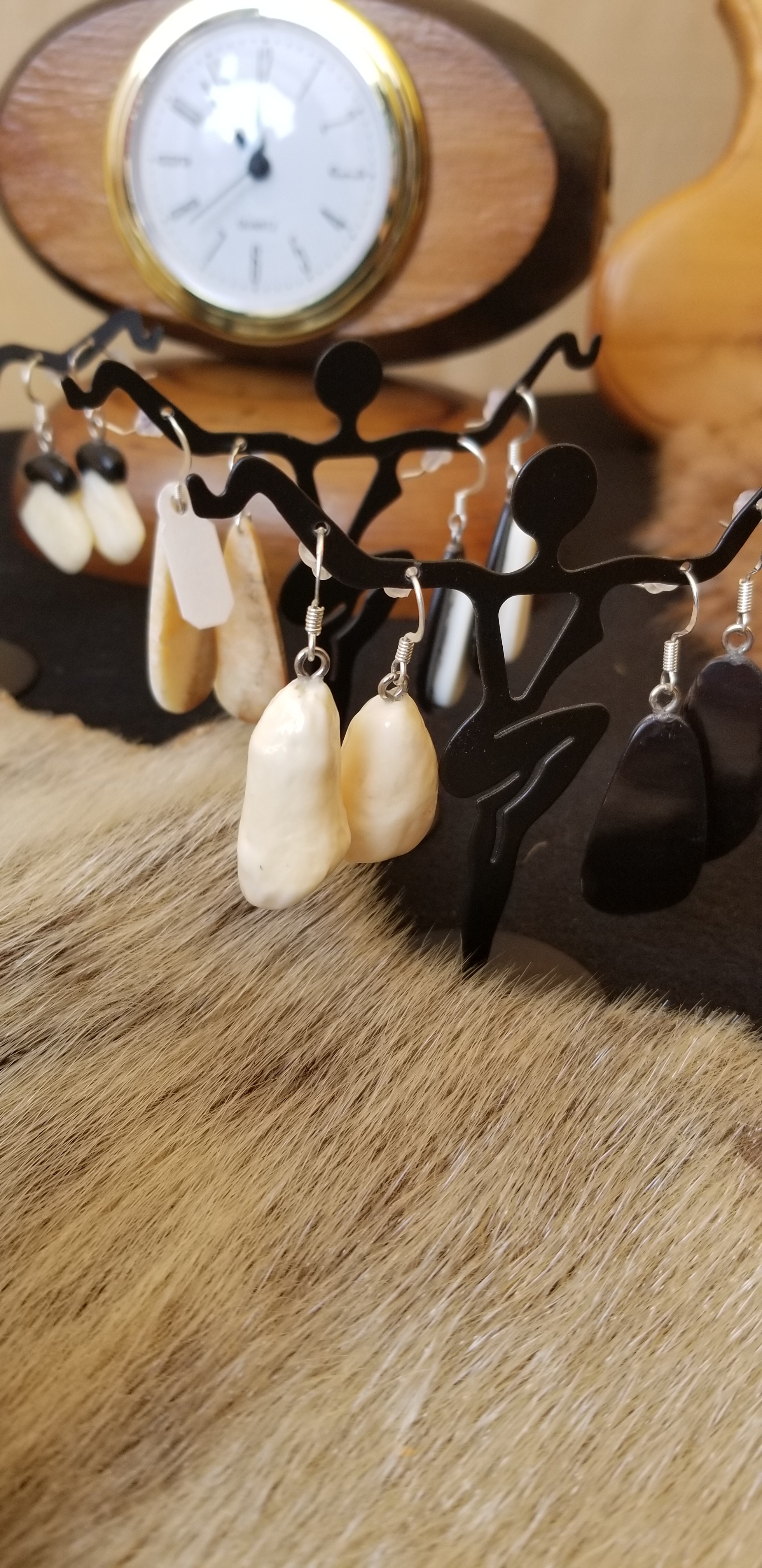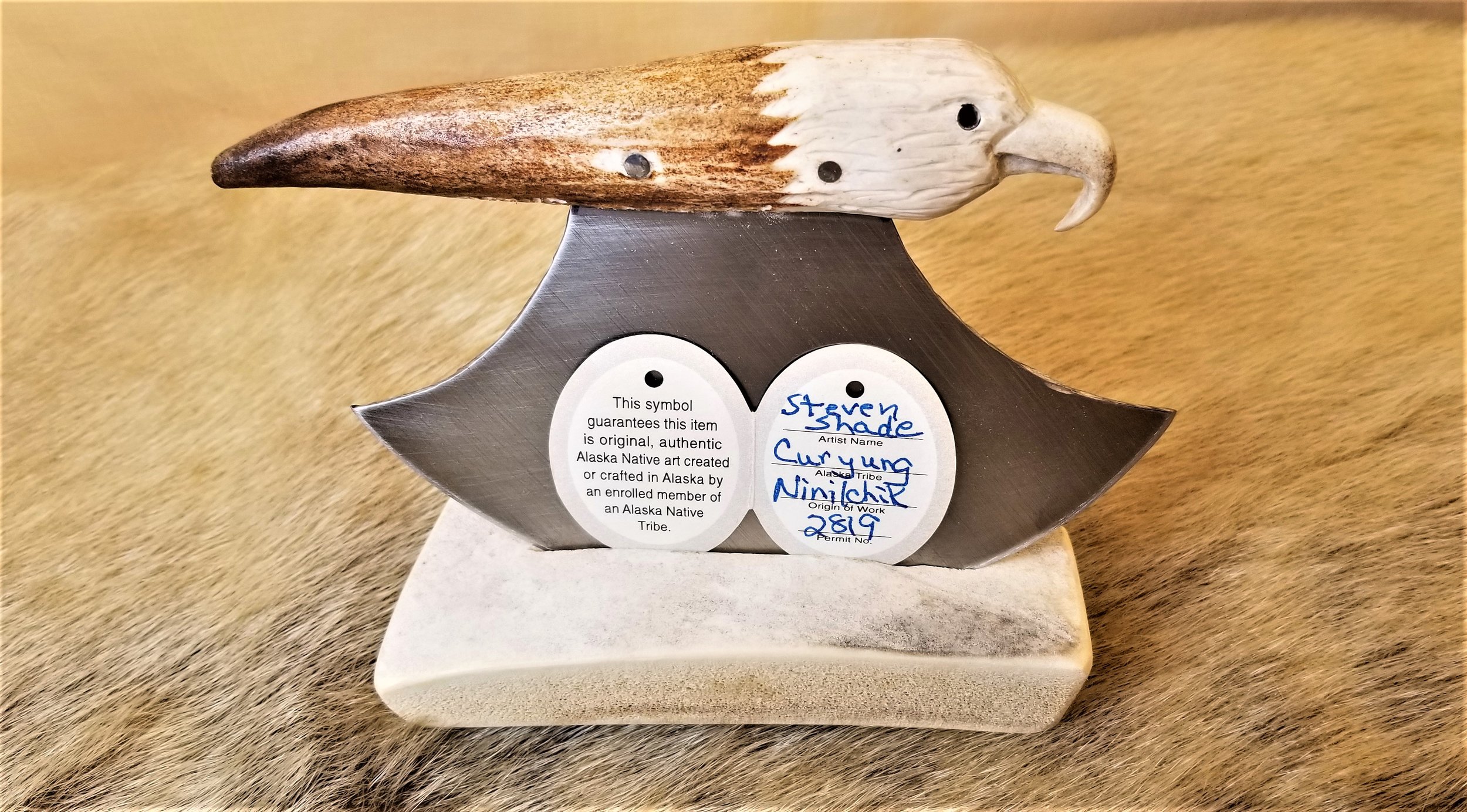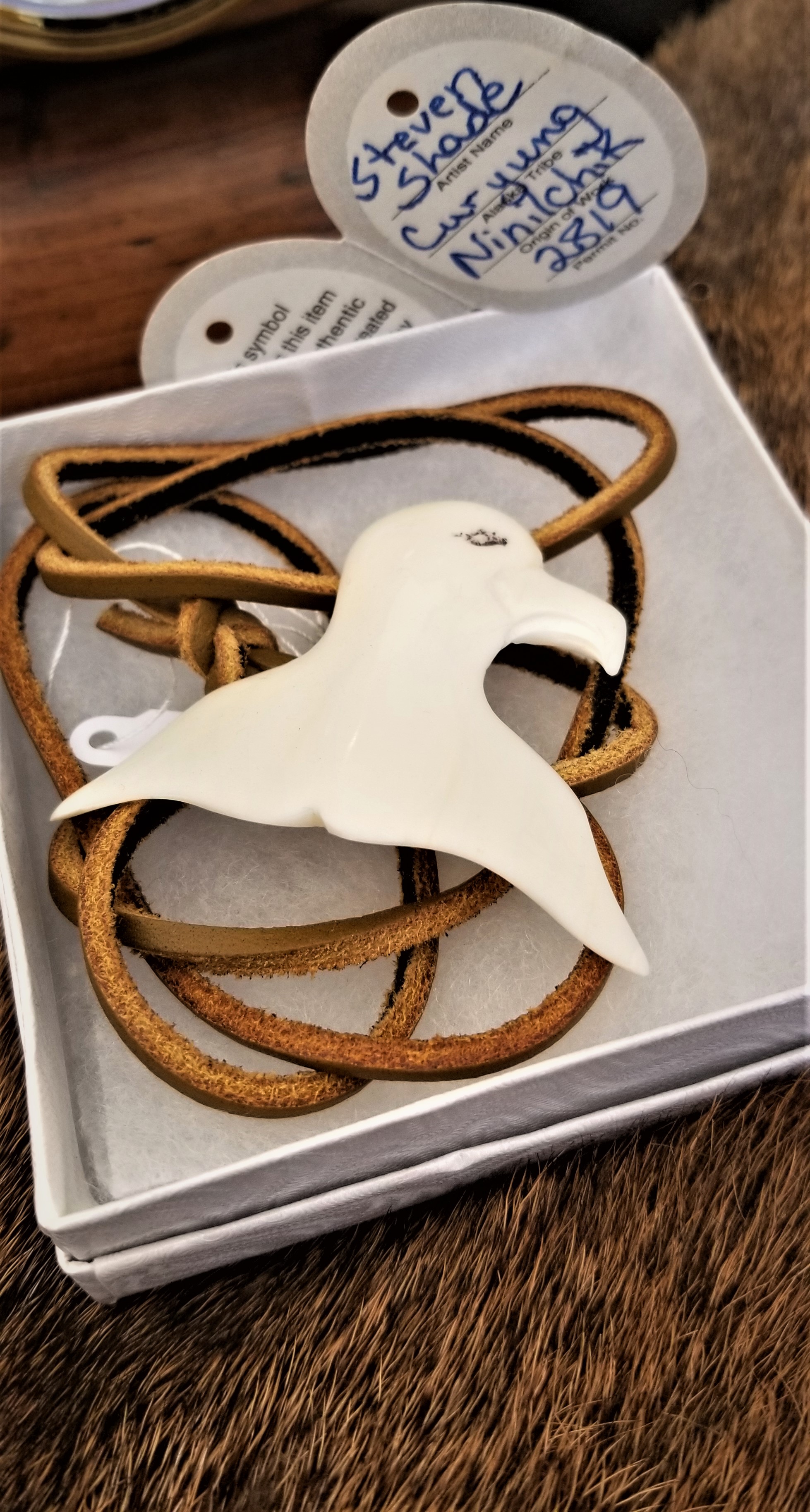After a fun week with friends on Moloka’i, we got to experience a Friday night festival. This particular festival kicked off the beginning of the Na Wahine O Ke Kai race - an annual women’s paddling race from Moloka’i to Maui. Our hosts were sweet enough to let us tag along and experience a really fun time.
They also recommended an experience many locals know about: The late evening opening of the Kanemitsu Bakery window to get fresh from the oven Moloka’i bread. We headed over a little before opening (around 10pm) following a stream of people through back alleyways.
Following strangers down an alleyway…
With visitors and locals alike we stood in line for about 45 minutes to get this local favorite. We met some of the paddlers in town for the race as well as regulars. If you’re in a hurry, don’t expect to get in and out of there - it’s a process and part of that process is waiting in line like everyone else.
You can smell the bread baking which only adds to the excitement. There were people walking away with multiple loaves at a time. It was crazy.
Once we got to the counter we got to see our bread made to order. They take the freshly-baked loaf, split it open, and add your choice of sweet fillings.
After spending close to an hour being intoxicated by the bready scents wafting throughout the Quonset hut, we were ready to dig into our cinnamon butter bread.
What can I say…warm bread with butter and cinnamon…there’s nothing not to like.


